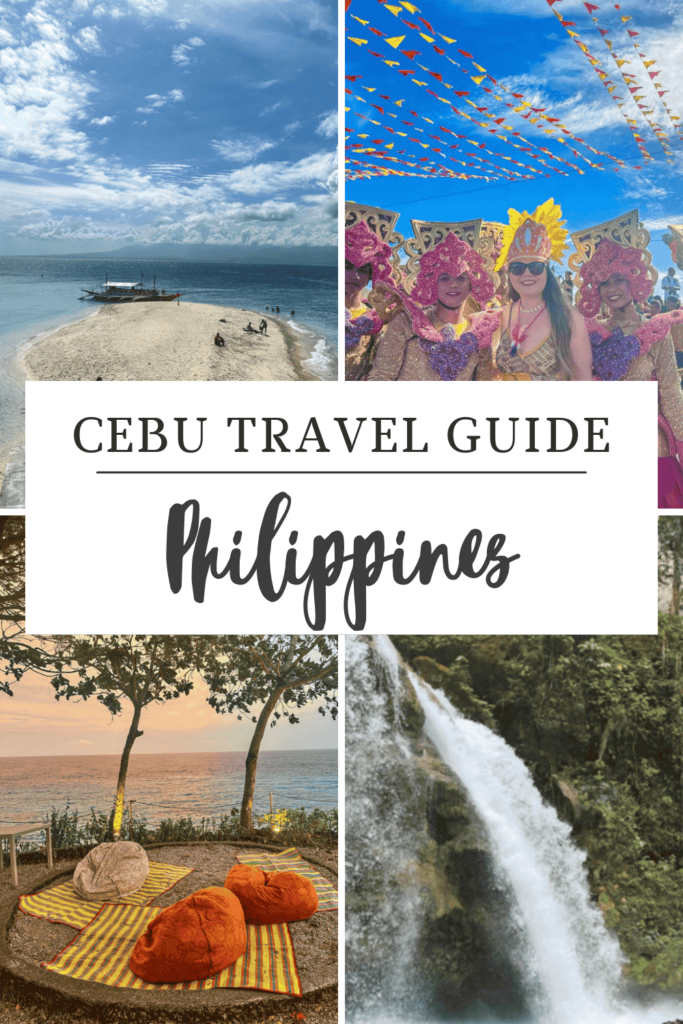22
Cebu, located in the heart of the Visayas region of the Philippines, is an island that offers a wonderful blend of history, culture, and adventure. It is known for its beautiful white-sandy beaches, rich colonial history, and vibrant festivals such as the Sinulog. Cebu most certainly stands out as a destination where natural beauty meets historical charm, with its centuries-old churches, majestic landscapes, and bustling city life. Whether you’re looking for a cultural experience, thrilling adventures, or just a place to relax, Cebu offers something truly special for every traveler. It was my first time visiting Cebu and I was there during the Sinulog festival, which was a truly fantastic experience and one of the best ways to connect with the Cebuano culture. In this Cebu travel guide I share all the must-do activities for first time visitors.
How To Get To Cebu
My Philippines adventure started in Cebu at the Mactan-Cebu International Airport, located on Mactan Island, just 15 kilometers from Cebu City. I flew directly to Cebu with Emirates with a short layover in Dubai. This modern airport serves as a gateway to the Visayas region and offers both international and domestic flights (Book your Premium Lounge entry here). Getting to Cebu City from the airport is quite straightforward. You can catch a taxi or Grab (the Southeast Asian equivalent of Uber) directly from the arrivals area. To book transfers, buses, ferry tickets and domestic flights, I recommend using 12go.
For those looking for a budget option, the MyBus public buses offer affordable transportation from the airport to the city center. Traffic in the Philippines is pretty bad, therefore please take this into consideration when making your travel arrangements.
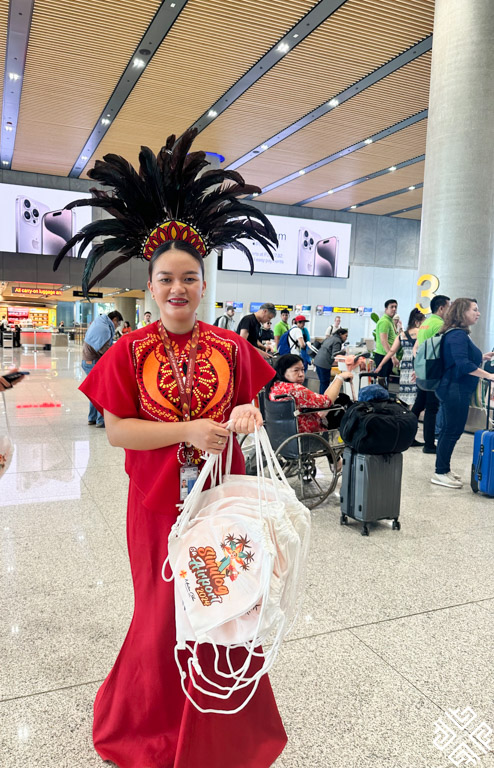
Getting Around Cebu
Cebu is an island with diverse terrain and exciting places scattered throughout, so getting around can be an adventure in itself. Here are some of the best ways to move around:
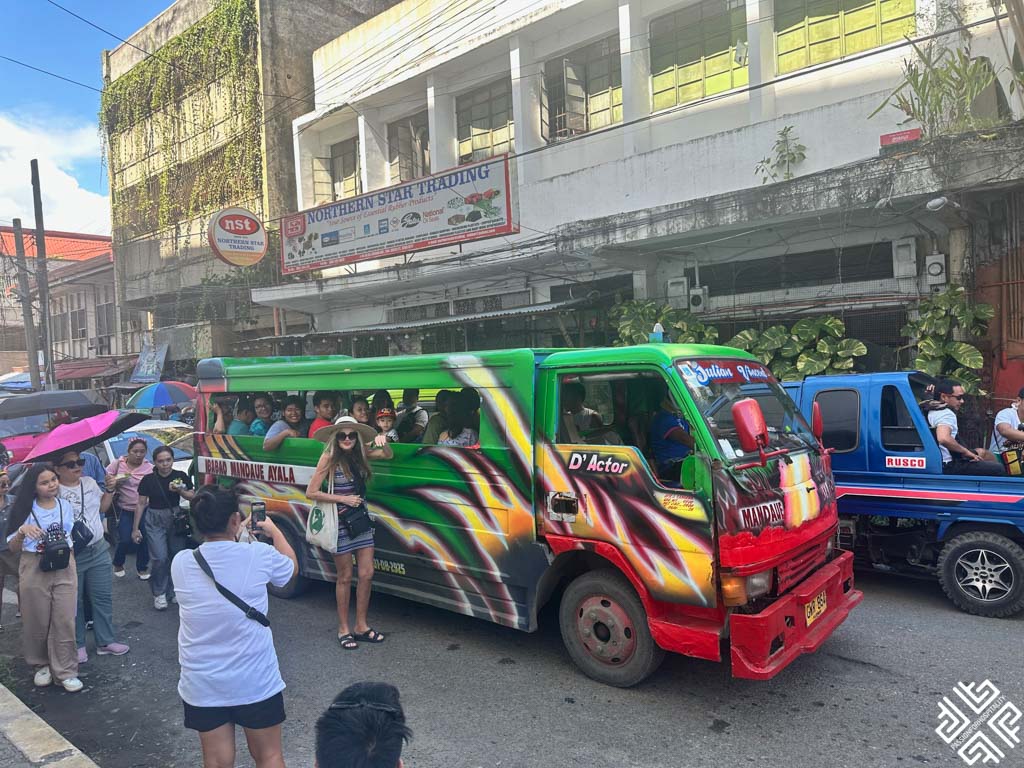
Jeepneys: Jeepneys are an iconic mode of transportation in the Philippines and are widely available throughout Cebu. They offer a unique way to travel and a chance to experience local life. Routes and destinations can be a little tricky for first-time visitors, so it’s best to ask locals for directions.

Taxis and Grab: Taxis and Grab are convenient, especially when traveling within Cebu City or for shorter distances.
Scooter Rentals: For those who want more freedom and flexibility, renting a scooter is a great option. This is ideal for exploring Cebu’s coastline and making your way to less accessible spots.
Private Cars: Hiring a private car with a driver can be a fantastic choice, especially if you’re heading to the south of the island, visiting places like Kawasan Falls, Oslob, and beyond.
Cross The Cebu-Cordova Link Expressway (CCLEX)

Officially opened in April 2022, this bridge is an architectural marvel and is now the longest bridge in the Philippines, spanning 8.9 kilometers. It connects Cebu City to Cordova on Mactan Island, significantly reducing travel time between these two important areas.
Cebu Travel Guide: Must-Do Activities for First-Time Visitors
A Brief History of Cebu
Cebu has a rich and storied past that dates back to the pre-colonial era, when it was already a bustling trading hub. Long before Ferdinand Magellan’s arrival in 1521, Cebu was an important stop for merchants from China, Malaysia, and other neighboring regions. After Magellan’s expedition, Cebu became the cradle of Christianity in the Philippines, with the planting of Magellan’s Cross marking the start of a new era.
During the Spanish colonial period, Cebu played a pivotal role as a strategic military and trade center, deeply influencing its culture, religion, and infrastructure. However, Cebu’s evolution didn’t stop with the end of Spanish rule.
American Influence in Cebu
In 1898, after the Spanish-American War, the Philippines came under American rule. This period had a significant impact on Cebu’s modernization and development. Here are some interesting facts about American influence in Cebu:
- Education System: The Americans established a formal education system in the Philippines, which greatly improved literacy rates. English was introduced as the medium of instruction, and Cebu’s schools benefited from this system, shaping it into a center of learning in the Visayas region. To this day, Cebu is known for its English-speaking population, making it a hub for international students and language learners.
- Infrastructure Development: During the American occupation, Cebu saw significant infrastructural improvements, including the construction of roads, bridges, and public buildings. Many of these early developments helped lay the foundation for Cebu’s transformation into a thriving commercial and industrial center.
- Cultural Influence: The American presence introduced new cultural elements to Cebu, including basketball, which is now the most popular sport in the Philippines. You’ll see basketball courts in almost every neighborhood across Cebu, a legacy of American influence.
- Government System: The American colonial period also introduced democratic governance and new legal systems. Many of the political structures in place today are rooted in the administrative frameworks set up by the Americans. Cebu quickly adapted to the new system and became an important political center during this era.
After World War II and the eventual independence of the Philippines in 1946, Cebu continued to grow and thrive, blending its historical roots with modern development. Today, it is a bustling metropolis with a rich blend of indigenous, Spanish, and American influences, making it a top destination for travelers seeking both culture and adventure.
Exploring Cebu City: History, Culture, and Modern Vibes
I would recommend that you start your Cebu journey by exploring Cebu City, often referred to as the “Queen City of the South.” It is rich in history, culture, and local flair. Here are some of the landmarks which you should add to your itinerary. To make the most of your time in Cebu City you might also like to opt for this – The Original Cebu Historical Street and Food Tour
Heritage Monument of Cebu
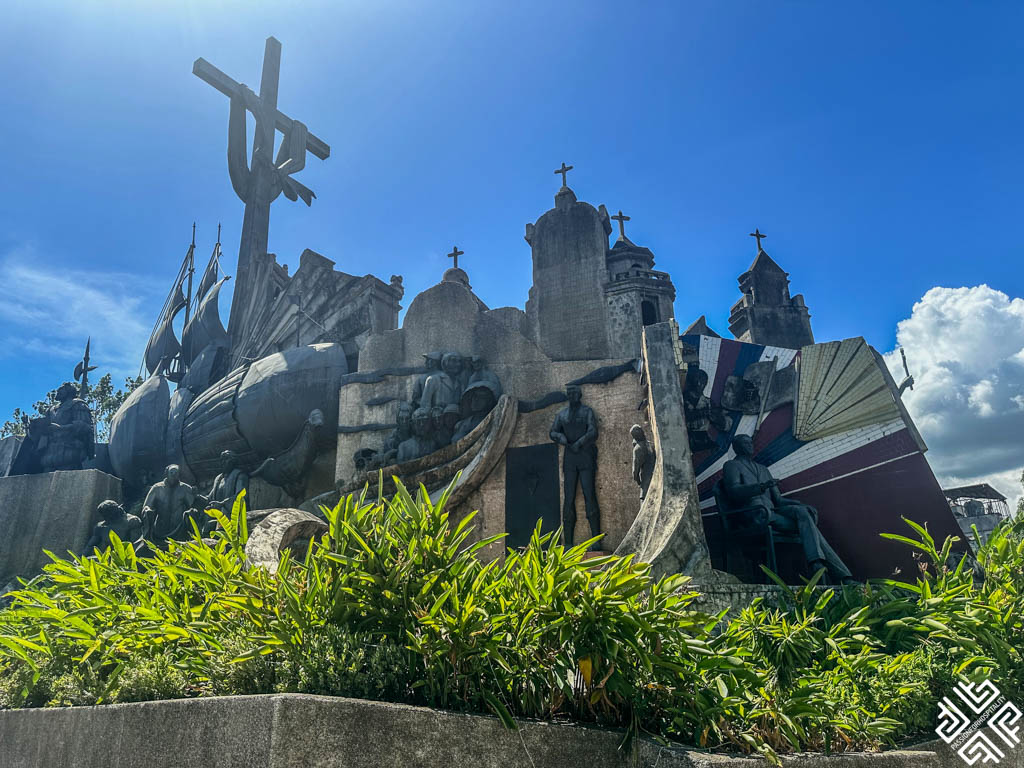
This impressive monument, located in the Parian district, depicts significant events and figures from Cebu’s history, including the arrival of Ferdinand Magellan, the baptism of Rajah Humabon, and other notable moments. It was created by local artist Eduardo Castrillo and is a striking representation of Cebu’s heritage.
Yap-Sandiego Ancestral House
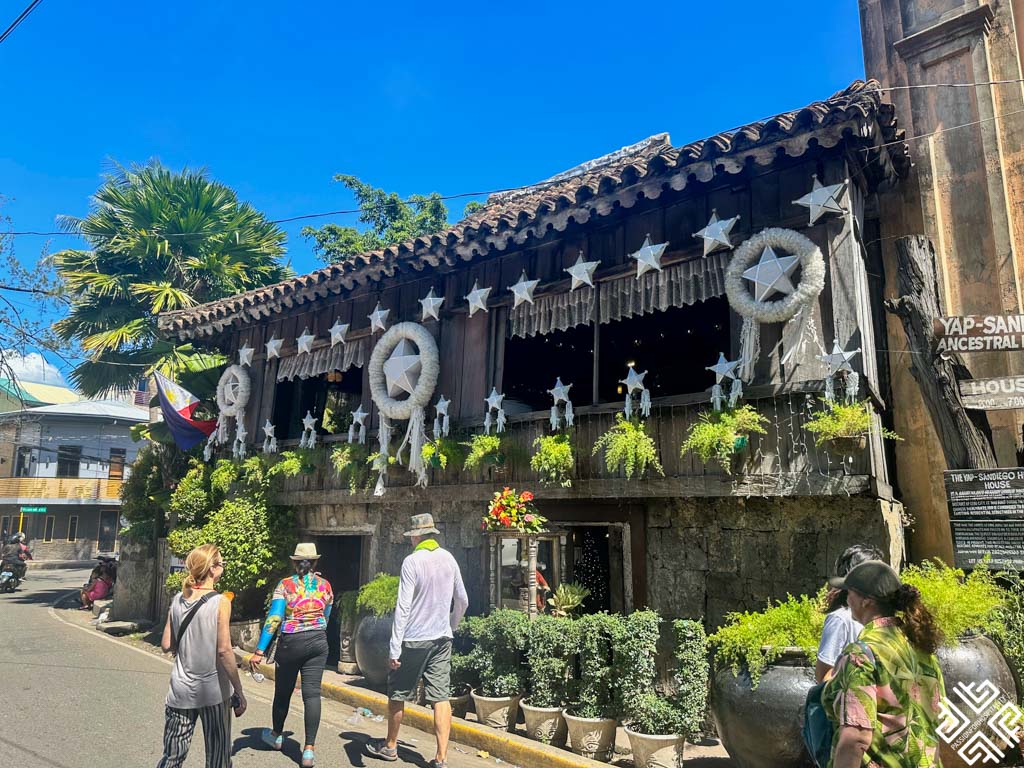
One of the oldest houses in the Philippines, the Yap-Sandiego Ancestral House gives visitors a glimpse into 17th-century life in Cebu. This well-preserved house is filled with antique furniture, religious relics, and cultural artifacts, providing a fascinating insight into the colonial-era lifestyle of a Chinese-Filipino home. The house itself is made of coral stones and wood, making it an architectural gem in Cebu City.

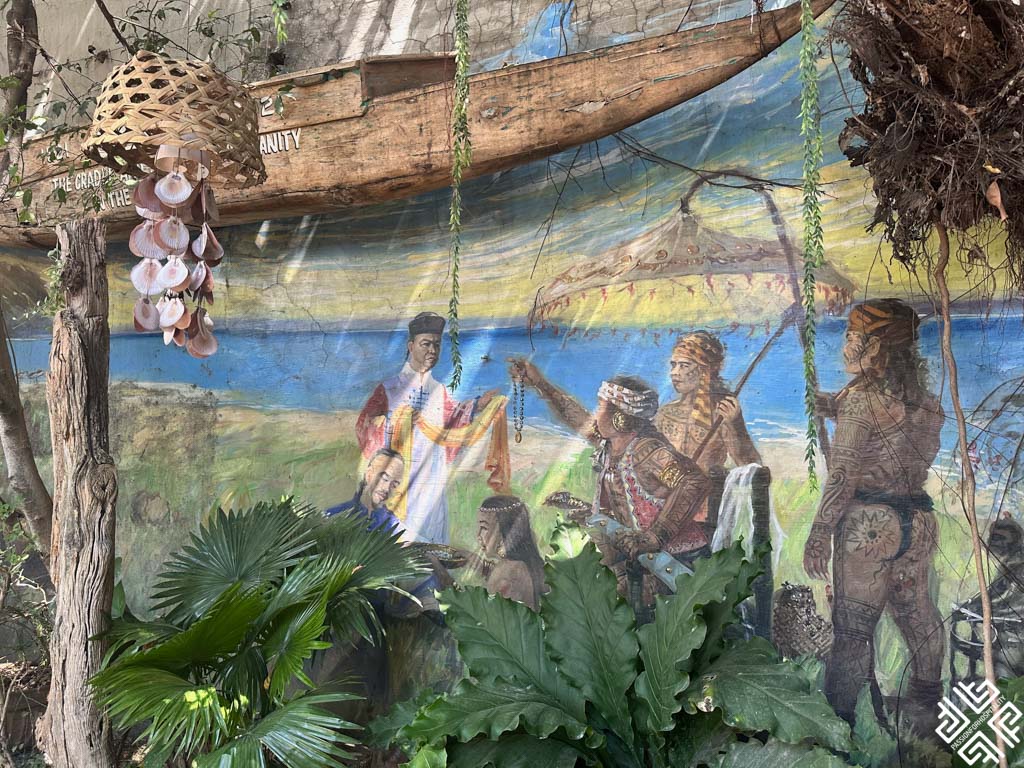

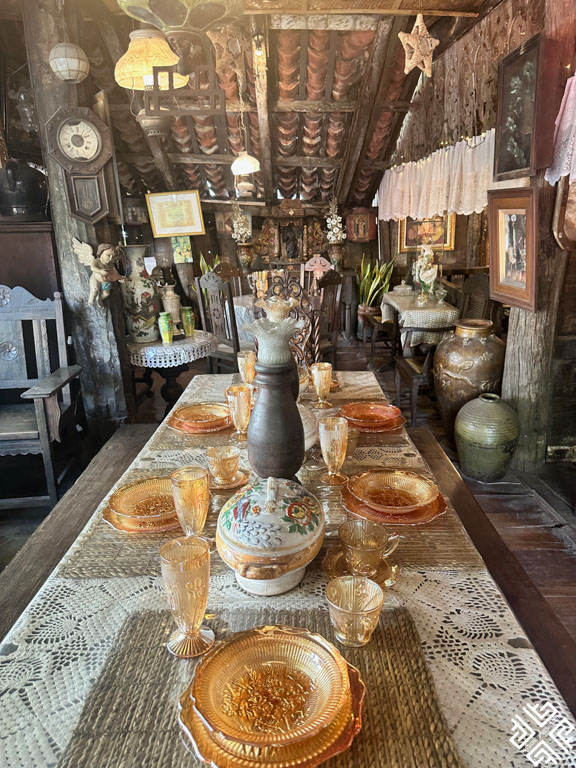

Magellan’s Cross
A symbol of Cebu’s colonial history, Magellan’s Cross was planted by Portuguese explorer Ferdinand Magellan in 1521, marking the arrival of Christianity in the Philippines. The cross is housed in a chapel near the Basilica del Santo Niño.
Basilica del Santo Niño
This historic church, established in the 16th century, is home to the Santo Niño de Cebu, the oldest religious relic in the Philippines. The Santo Niño, a representation of the Holy Child Jesus, was a gift from Portuguese explorer Ferdinand Magellan to Queen Juana of Cebu upon her baptism in 1521. It symbolizes the beginning of Christianity in the Philippines.
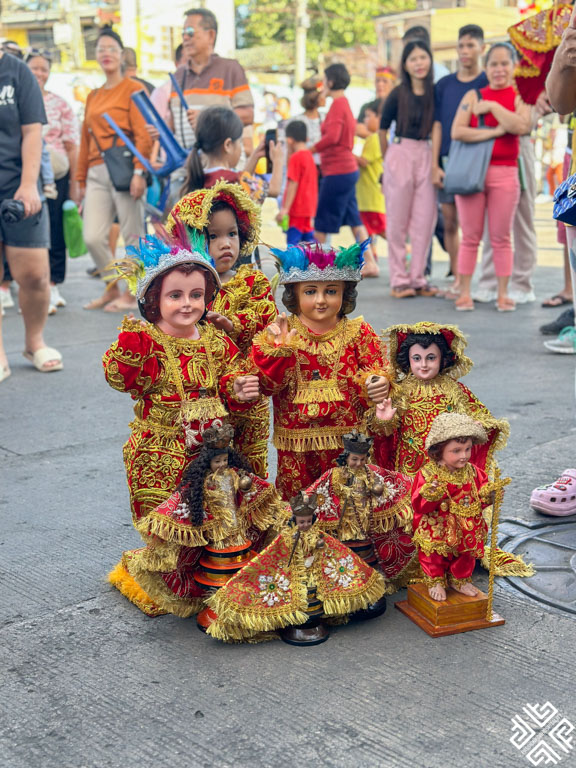
The image of the Santo Niño is believed to be miraculous, and it has been a significant part of Cebuano culture ever since. Every year, thousands of devotees visit the basilica to pay homage to the Holy Child, and the statue plays a central role in the Sinulog Festival.
Cebu Metropolitan Cathedral
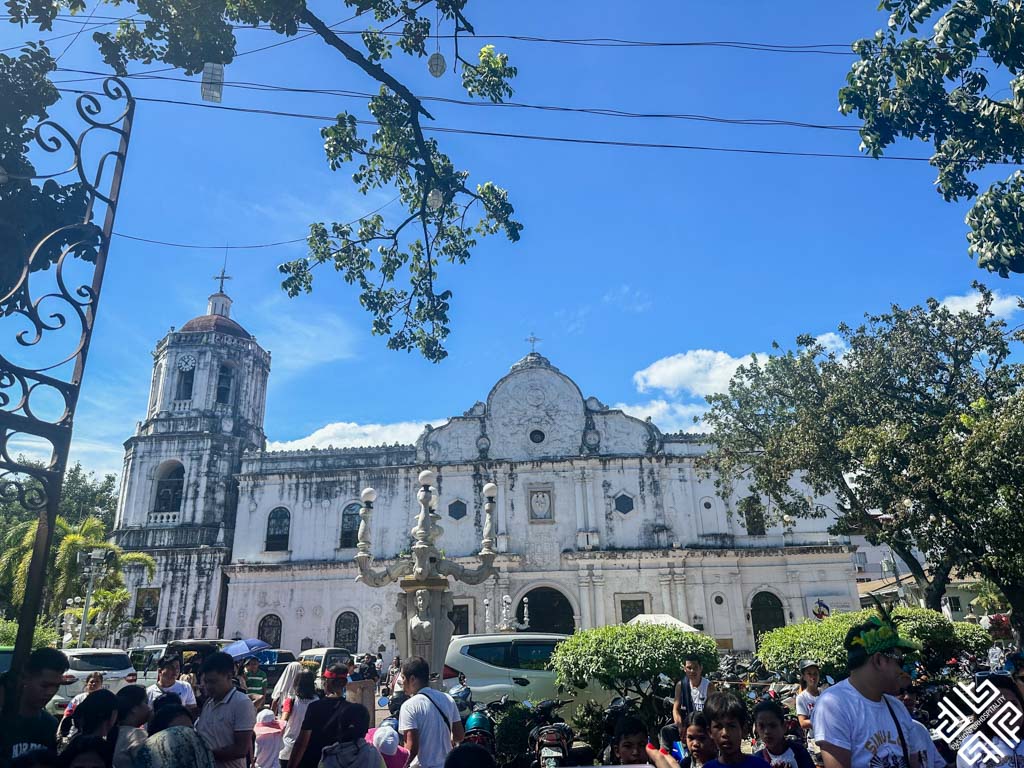
The Cebu Metropolitan Cathedral is one of the oldest churches in the Philippines and serves as the ecclesiastical seat of the Archdiocese of Cebu. This grand cathedral, originally established in 1595, features stunning Spanish colonial architecture and a beautiful courtyard. It is a symbol of Cebu’s deep-rooted Catholic faith and an essential stop for those exploring the city’s historical landmarks.
Rajah Humabon Monument
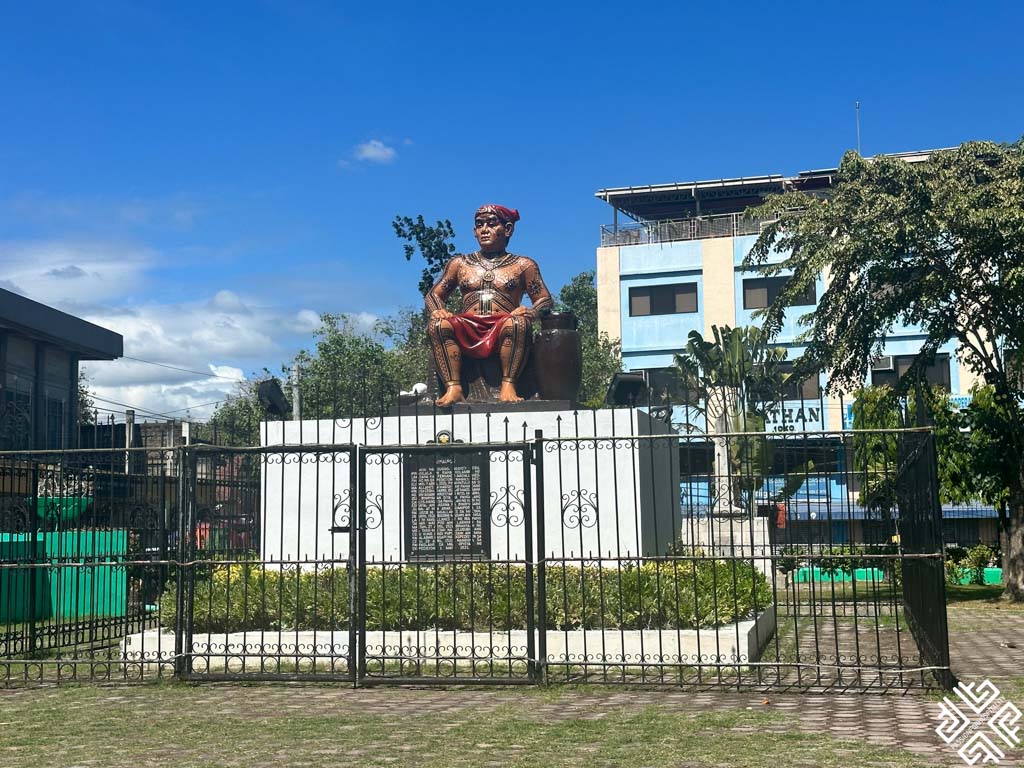
The Rajah Humabon Monument honors one of Cebu’s most prominent historical figures, Rajah Humabon, who was the ruler of Cebu at the time of Ferdinand Magellan’s arrival in 1521. The monument serves as a tribute to his significant role in the early history of Cebu and the spread of Christianity in the Philippines.
Fort San Pedro
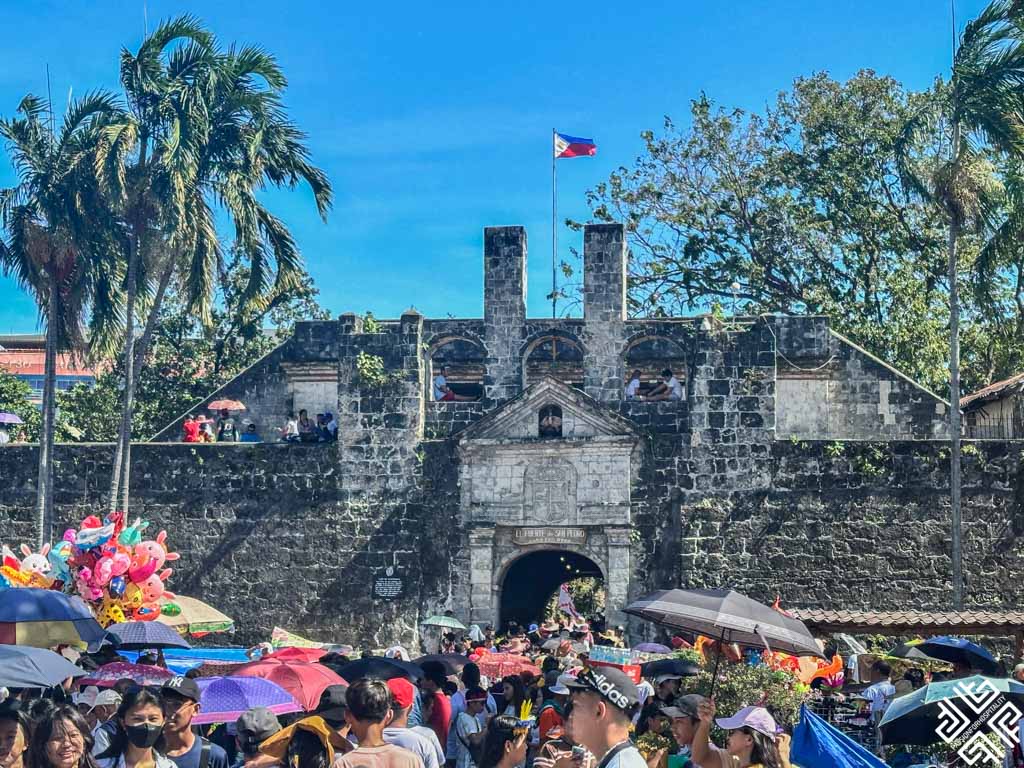
Built by Spanish settlers in the 1700s, Fort San Pedro is the oldest and smallest fort in the country. It offers a glimpse into the colonial past, with its well-preserved walls and gardens. The gate of Fort San Pedro is one of the most remarkable features of this historic site. It showcases the Spanish influence on the architecture of Cebu during colonial times. Made of coral stones and hardwood, the gate is adorned with intricate carvings and bears the emblem of the Spanish crown. The gate serves as an iconic entryway into Cebu’s history, transporting visitors back to the era of Spanish colonization.
Temple of Leah
Known as Cebu’s answer to the Taj Mahal, Temple of Leah is an architectural marvel built as a symbol of undying love. The sweeping views of Cebu City from here are breathtaking.
Mactan Island
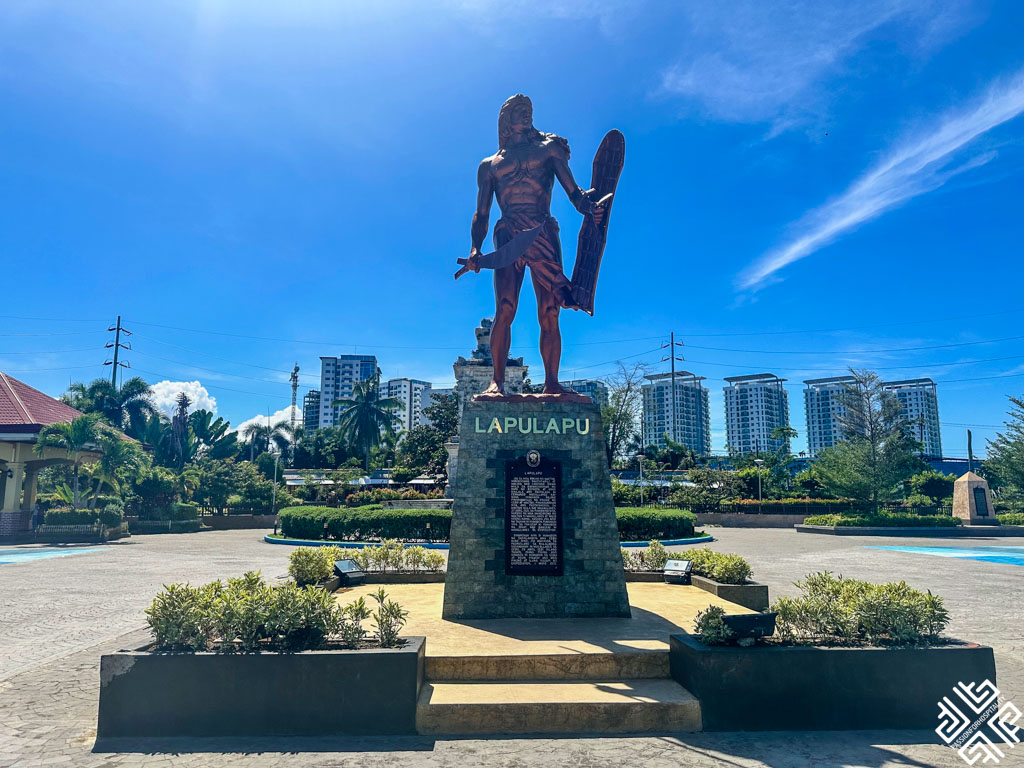
Mactan Island, where the airport is located, is not just a gateway but also a destination in itself. Known for its beautiful beaches and luxury resorts, Mactan is perfect for those wanting to start their Cebu adventure with a bit of relaxation. Visit the Lapu-Lapu Shrine, a monument dedicated to the local hero who defeated Magellan, or enjoy water sports activities like snorkeling, jet skiing, and parasailing. You might also like to join this Mactan Island Hopping Gilutungan, Caohagan, Nalusuan + Lunch tour.
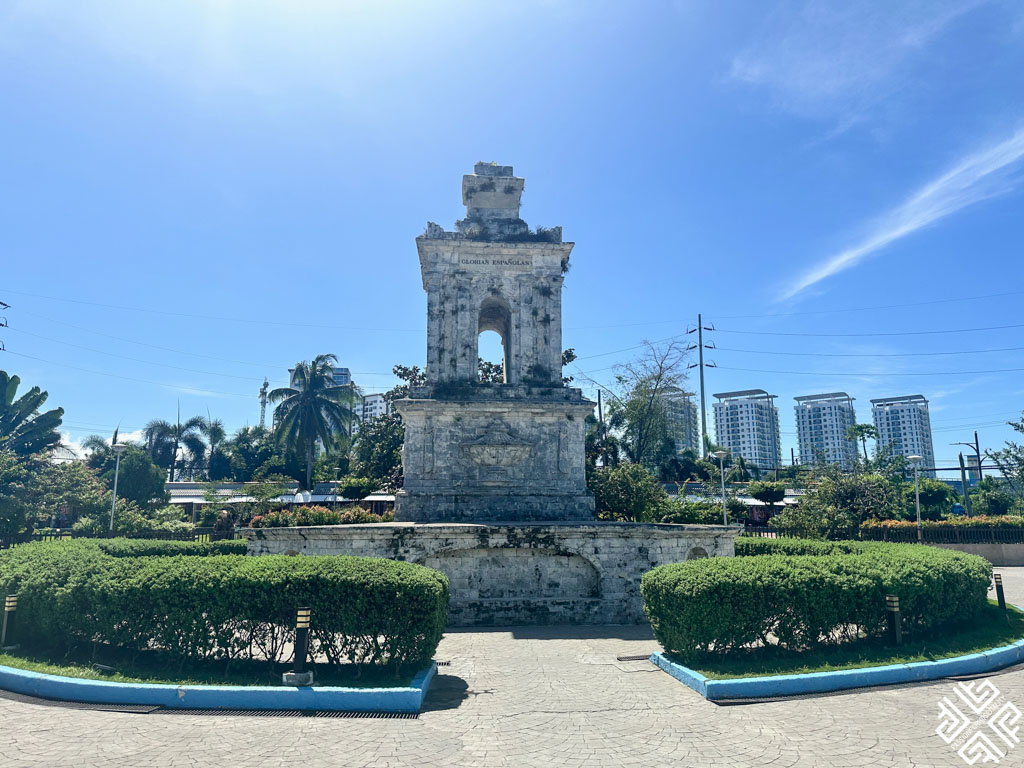

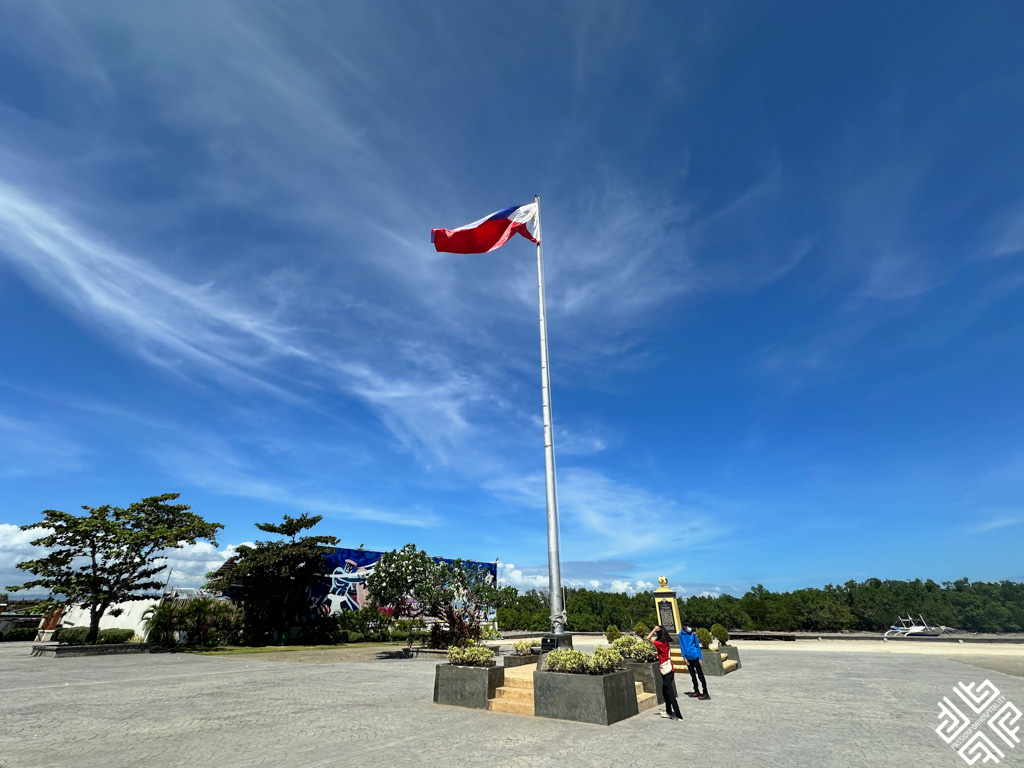
Mactan is also famous for its guitar-making industry, with shops offering high-quality handcrafted guitars.
Sinulog Festival
If you happen to visit Cebu in January, you cannot miss the Sinulog Festival. Taking place on the third Sunday of January, it is one of the biggest and most colorful festivals in the Philippines, celebrating the Santo Niño (Holy Child) with elaborate parades, street dancing, and cultural shows. Sinulog is a true feast for the senses, with music, costumes, and a palpable spirit of unity and devotion.

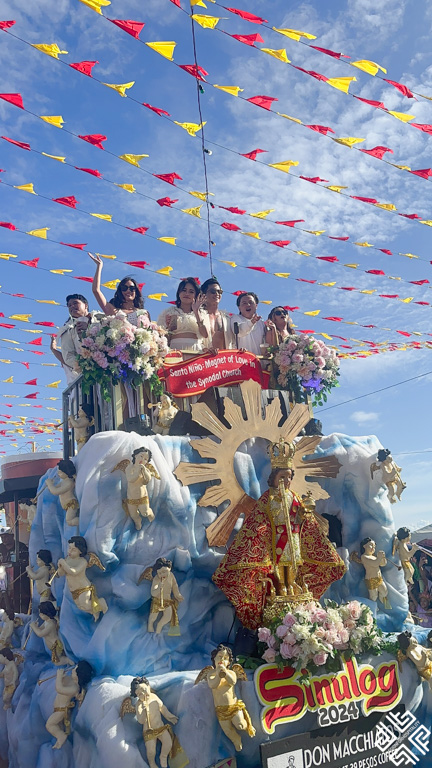
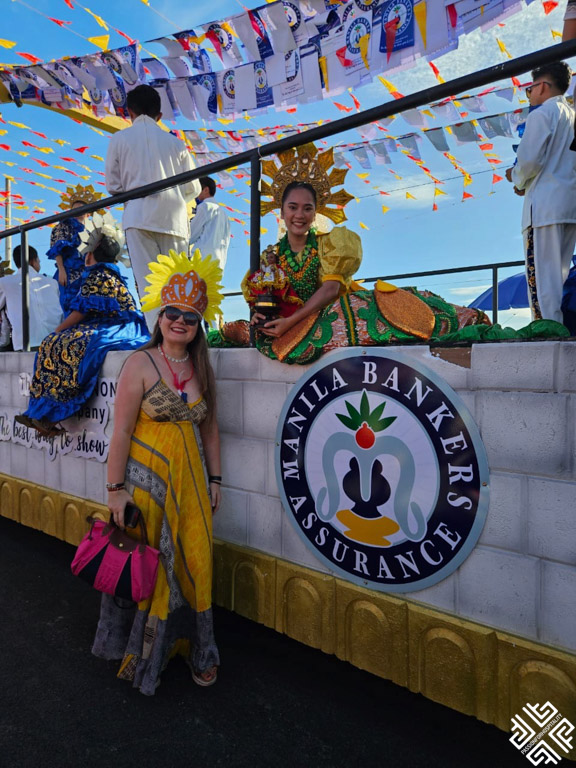
The Sinulog Festival is meticulously organized to showcase the rich culture and deep devotion of the Cebuanos. The festivities typically begin with religious activities, including a solemn procession to honor the Santo Niño. This is followed by a grand parade featuring contingents from various towns and cities, each competing in the dancing parade.
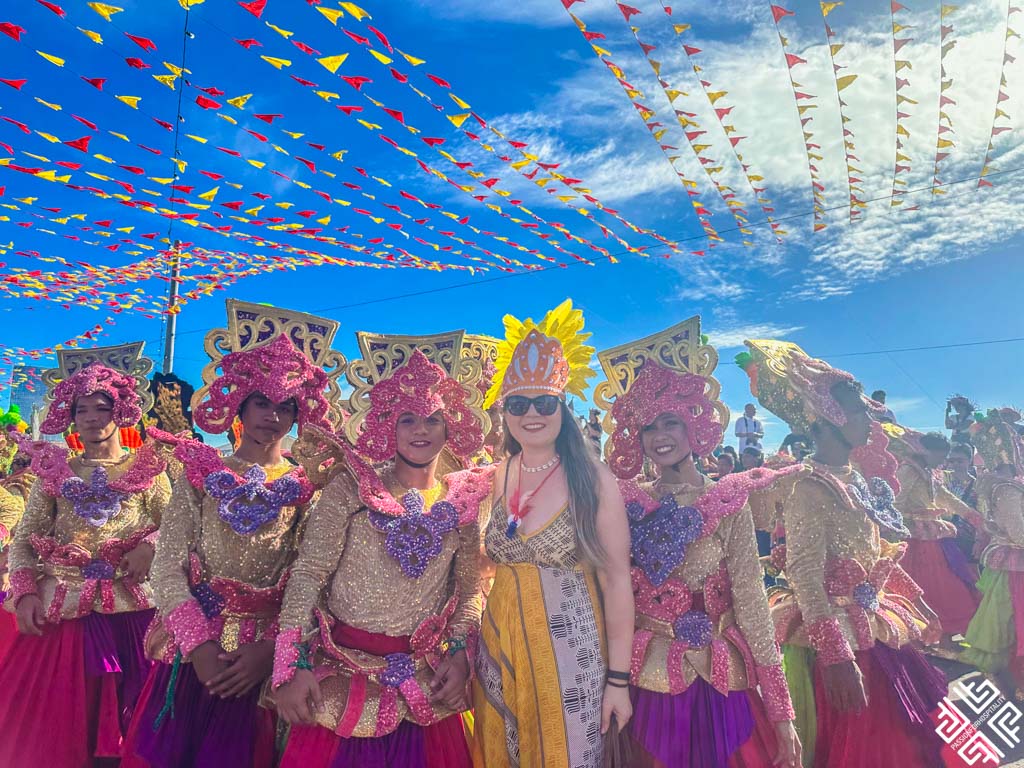
Dance troupes, known as “Sinulog contingents,” represent different barangays (villages), schools, or local government units. These groups practice for months to perfect their performances, which involve vibrant costumes, intricate choreography, and music that echoes the traditional Sinulog beat—a rhythm said to imitate the flow of Cebu’s rivers. The competition is fierce, and each group aims to win the coveted top prizes, making the Sinulog parade one of the most thrilling highlights of the entire festival.
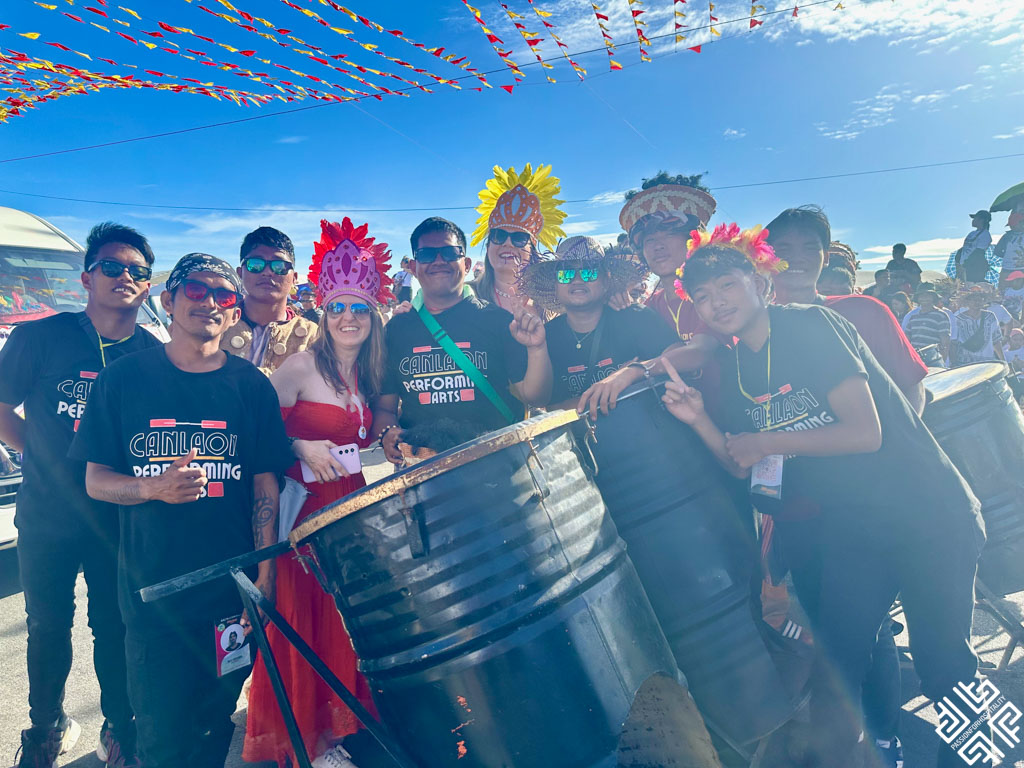
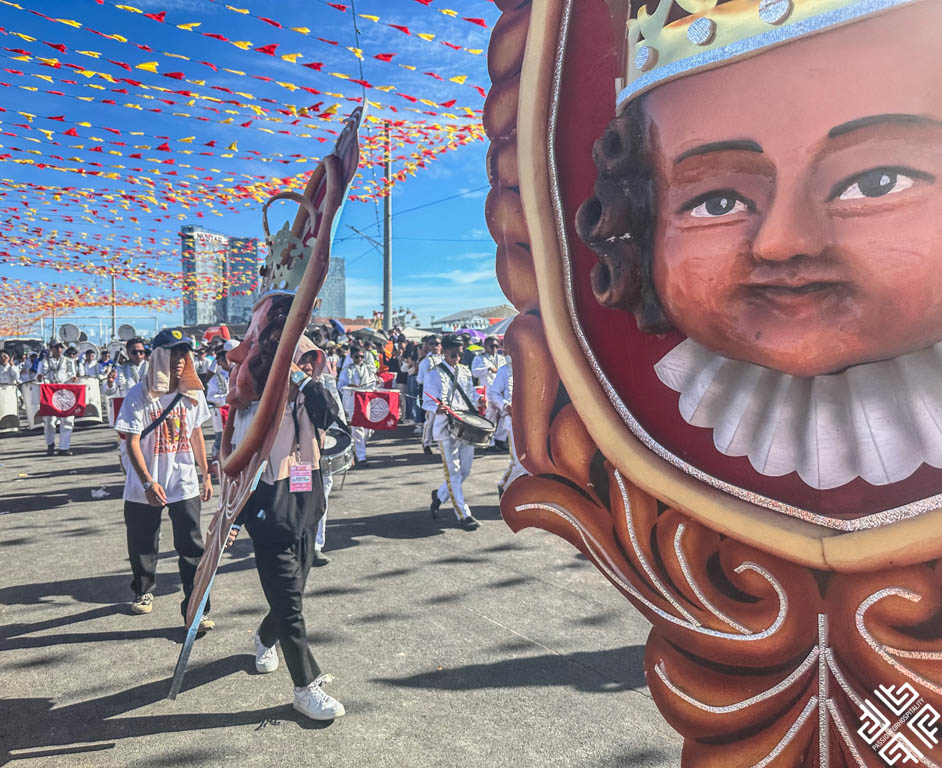
The city gets extremely busy during the Festival and it is almost impossible to get through the City Center, so keep this in mind as this can also affect how easily you can get in and out of the city center.
Take A Day Trip to Bohol: Chocolate Hills, Tarsiers, and More
No trip to Cebu is complete without a day trip to the neighboring island of Bohol. From Cebu, ferries run frequently to Tagbilaran, the main city on Bohol, with the ride taking about two hours. Once in Bohol, you can experience:

Tarsier Sanctuary: Visit the Philippine Tarsier Sanctuary to see one of the world’s smallest primates, the tarsier. These wide-eyed creatures are adorable and fascinating to observe in their natural habitat.
Loboc River Cruise: Relax on a cruise along the Loboc River, complete with a buffet lunch and live music. It’s an excellent way to enjoy the lush scenery of Bohol while tasting local delicacies.

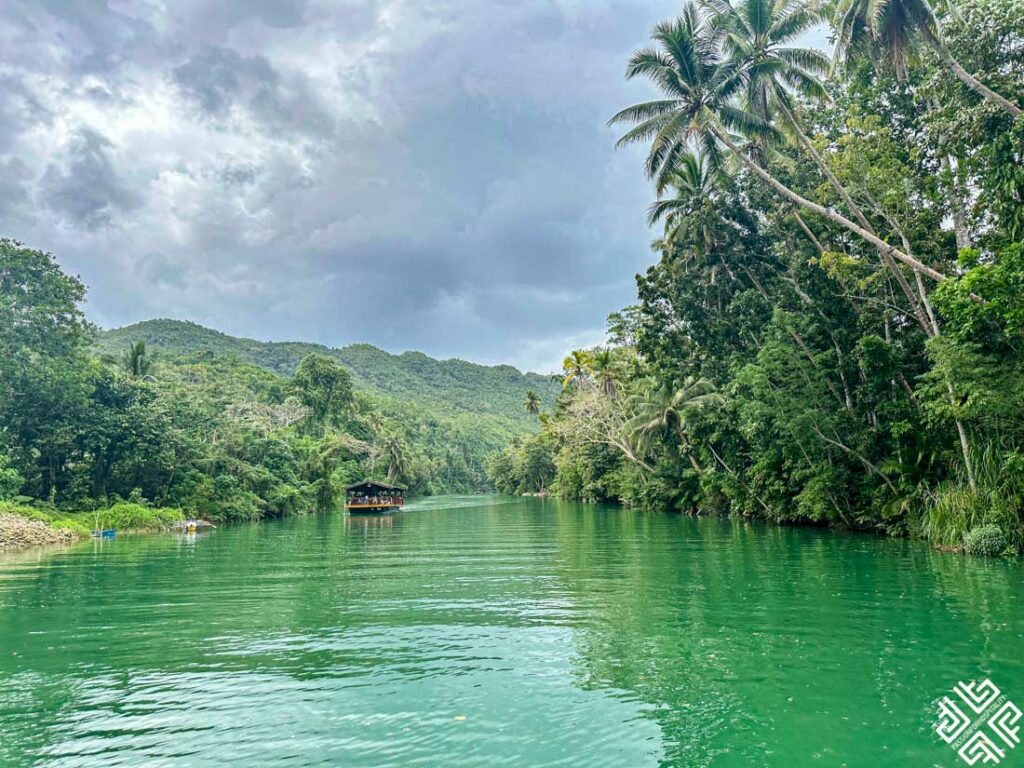
Chocolate Hills: A natural wonder unique to Bohol, the Chocolate Hills consist of over a thousand symmetrical hills that turn chocolate brown during the dry season. It’s a surreal sight to behold.
I recommend booking this Bohol Countryside Tour Day Trip with Buffet Lunch.
Discovering Nature and Adventure: Kawasan Falls, Oslob, and Sumilon Island
Beyond Cebu’s bustling city life lies a world of natural beauty and adventure. After spending three nights in Cebu City we continued our trip towards the South of Cebu. Here are some of the must-see destinations outside the city:
Kawasan Falls: A Paradise of Turquoise Waters
A two-hour drive from Cebu City, Kawasan Falls in Badian is a slice of tropical paradise. Known for its multi-layered turquoise waterfalls surrounded by lush jungle, it’s one of Cebu’s most popular tourist spots. If you plan on staying in Cebu City and wish to take a day trip to Kawasan Falls and Oslob, check out this Cebu City: Whale Shark Swimming & Kawasan Falls Canyoneering tour. Pick-up is included from hotels within Cebu City and Mactan area.

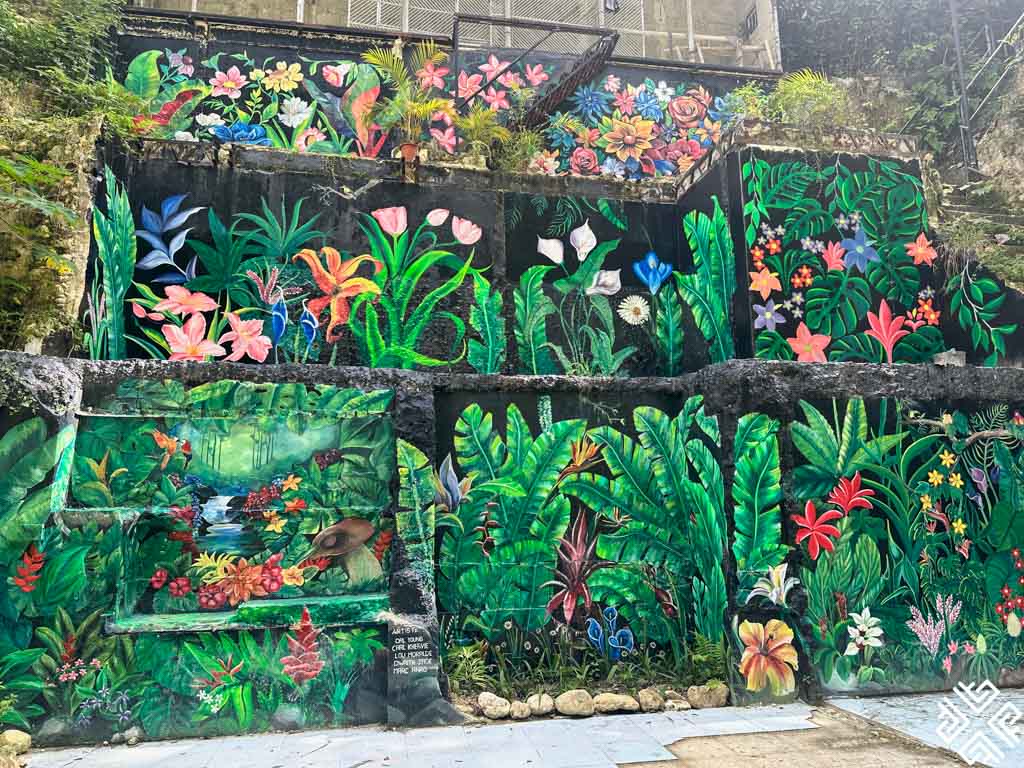


Things to do at Kawasan Falls:
Canyoneering: For thrill-seekers, Kawasan Falls is the starting point for an exhilarating canyoneering adventure. Jump, swim, and trek through the river, navigating cliffs and boulders, before reaching the falls.
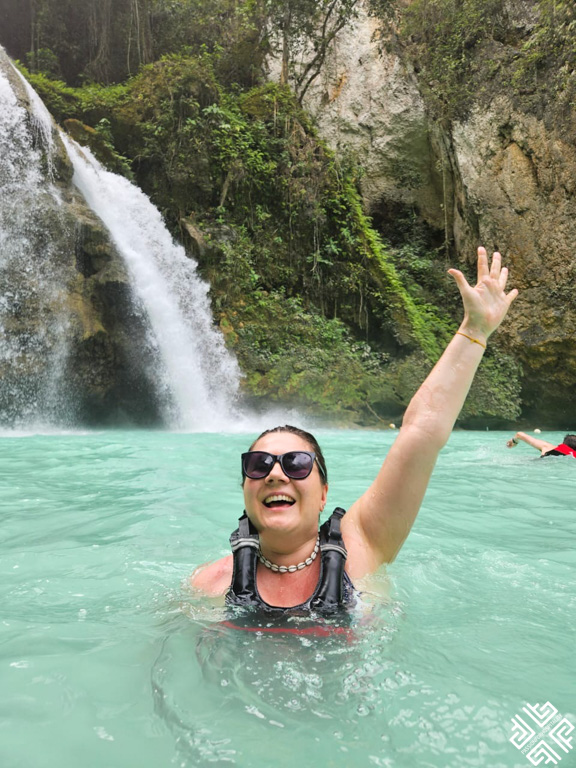
Swimming: The cool, crystal-clear waters are perfect for swimming. For safety reasons you must wear a life-jacket as the current here is quite strong.
After our swim in the Kawasan Waterfall we enjoyed a delightful lunch of grilled fish and shrimps, ending our meal with the sweet fresh mango.

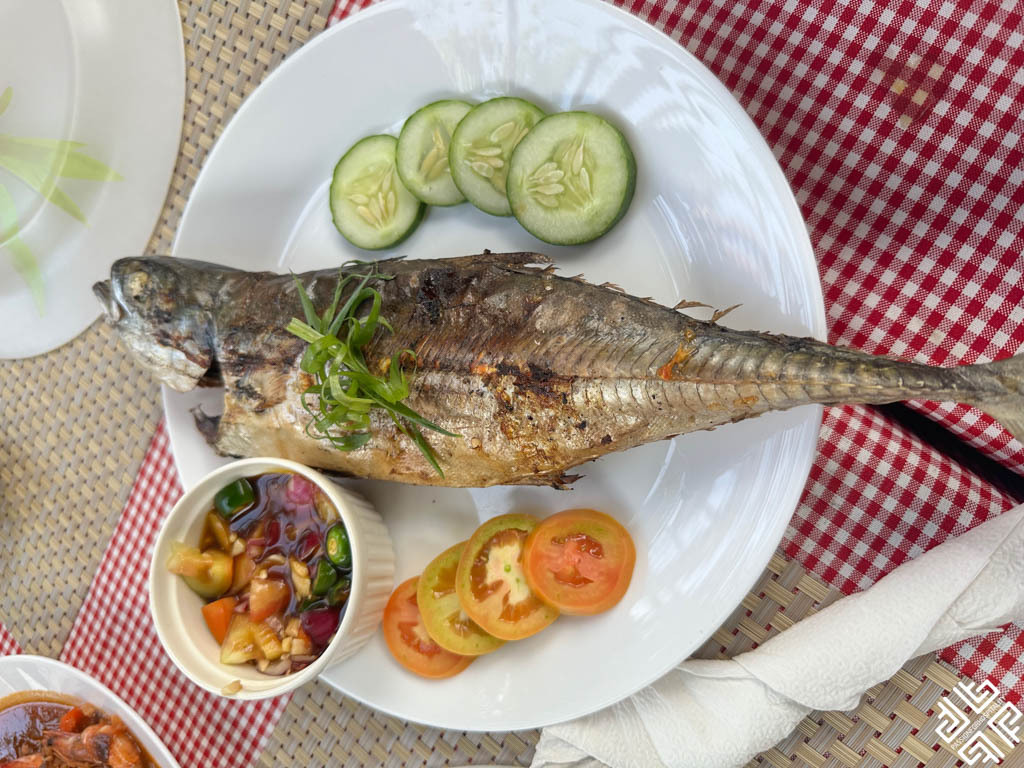
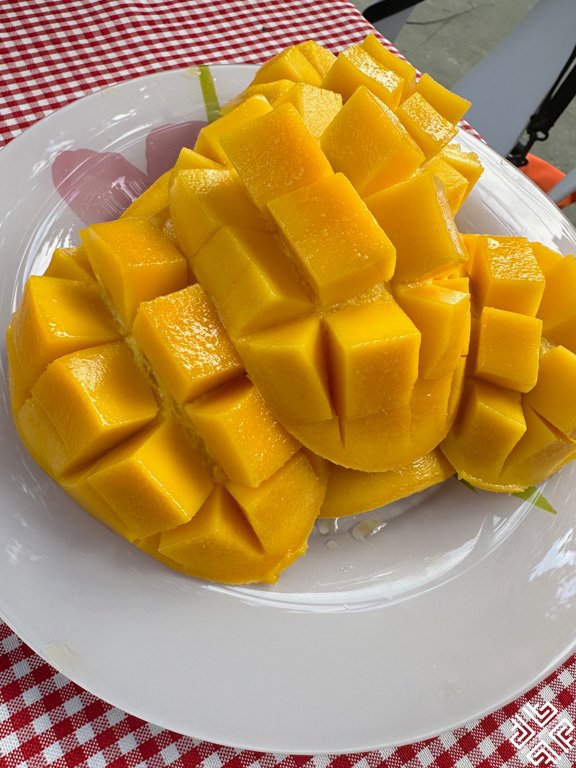
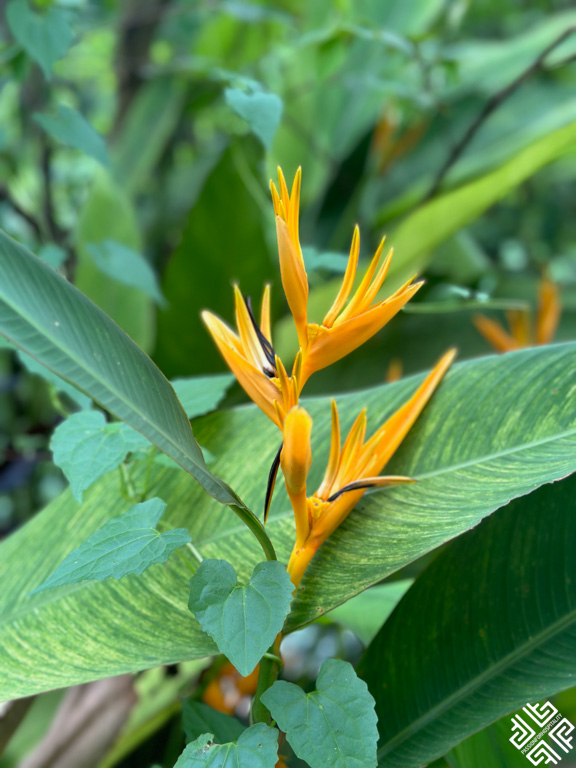

Whale Sharks in Oslob: The Gentle Giants of the Sea
The whale sharks in Oslob, locally known as “butanding,” are one of the largest and most captivating creatures in the ocean. These gentle giants, often referred to as “the largest fish in the world,” can grow up to 12 meters (40 feet) long, yet they are completely harmless to humans. Whale sharks are filter feeders, meaning they consume plankton and small fish by swimming with their mouths open, filtering food through their gills.
Why Oslob?
Oslob, a small coastal town located about three hours south of Cebu City, has become famous for offering travelers the unique opportunity to swim with these incredible creatures. Whale sharks migrate to this region because of the rich food supply in the surrounding waters. You might also like to join this tour from Cebu: Oslob Whale Sharks, Moalboal Sardine Run & Sea Turtles
The Whale Shark Experience
Getting to Oslob: You can easily reach Oslob from Cebu City by bus, van, or private car. Buses leave regularly from Cebu City’s South Bus Terminal, and the trip takes approximately 3 to 4 hours. If you’re staying overnight, you can find a range of accommodations in Oslob, from budget-friendly guesthouses to more luxurious resorts. We stayed at the Sumilon resort and visited Oslob from there.

The Whale Shark Watching Site: The whale shark interaction takes place in Tan-awan, the main village of Oslob. The activity is typically scheduled early in the morning, between 6:00 AM and noon, as this is when the whale sharks come to feed. It’s advisable to arrive early, as the number of visitors can be quite high during peak times.
The Briefing: Before we headed out to the water, we attend a short briefing. This covers essential guidelines on how to interact with the whale sharks in an environmentally responsible manner. The safety and well-being of these creatures are paramount, so it’s crucial to adhere to the rules:
- No touching: It’s forbidden to touch or ride the whale sharks. This is to prevent any harm to their sensitive skin.
- Keep a safe distance: Swimmers are advised to keep at least 4 meters away from the whale sharks to ensure their natural behavior isn’t disturbed.
- No flash photography: Flash can harm or scare the whale sharks, so it’s important to use natural lighting when taking photos.
Whale Shark Interaction: After the briefing, we got into a small outrigger boat that took us on a short distance offshore to the whale shark interaction zone. Here, you can choose to either snorkel and swim with the whale sharks or simply observe them from the boat. The calm waters of Oslob make it easy for even novice swimmers to get close to the whale sharks.
- Duration: The interaction typically lasts around 30 minutes to 1 hour, giving you plenty of time to marvel at these magnificent creatures as they glide through the water.
- Best time to visit: Whale sharks are present in Oslob year-round, but it’s best to visit between December and May, when the seas are calm and the weather is ideal. I visited in January and it was a little bit choppy so it made swimming a little more challenging but not too difficult.
Conservation and Ethical Considerations
While whale shark tourism in Oslob has undoubtedly boosted the local economy, it has also sparked debate regarding the ethical implications of feeding and close human interaction with the animals. The whale sharks are fed small amounts of shrimp by local fishermen to encourage their return to the area, which has raised concerns about their natural feeding and migratory behaviors being altered.
To promote more sustainable tourism practices, it’s important to ensure that:
- You choose eco-friendly operators who prioritize the welfare of the whale sharks.
- Follow the strict guidelines provided during the briefing to avoid causing stress or harm to the animals.
- Opt for snorkeling rather than scuba diving with the whale sharks, as it minimizes disturbance to them.
Beyond Whale Shark Diving in Oslob
While whale shark diving is undoubtedly the main attraction in Oslob, the area offers other activities worth exploring during your visit:
- Tumalog Falls: A short ride from the whale shark site, Tumalog Falls offers a stunning backdrop of cascading water surrounded by lush greenery. The shallow basin at the bottom of the falls is perfect for a refreshing swim after your whale shark adventure.
- Sumilon Island: Just a 15-minute boat ride from Oslob, Sumilon Island offers pristine beaches and crystal-clear waters. It’s an ideal spot for snorkeling or simply relaxing on the white sandy shore.
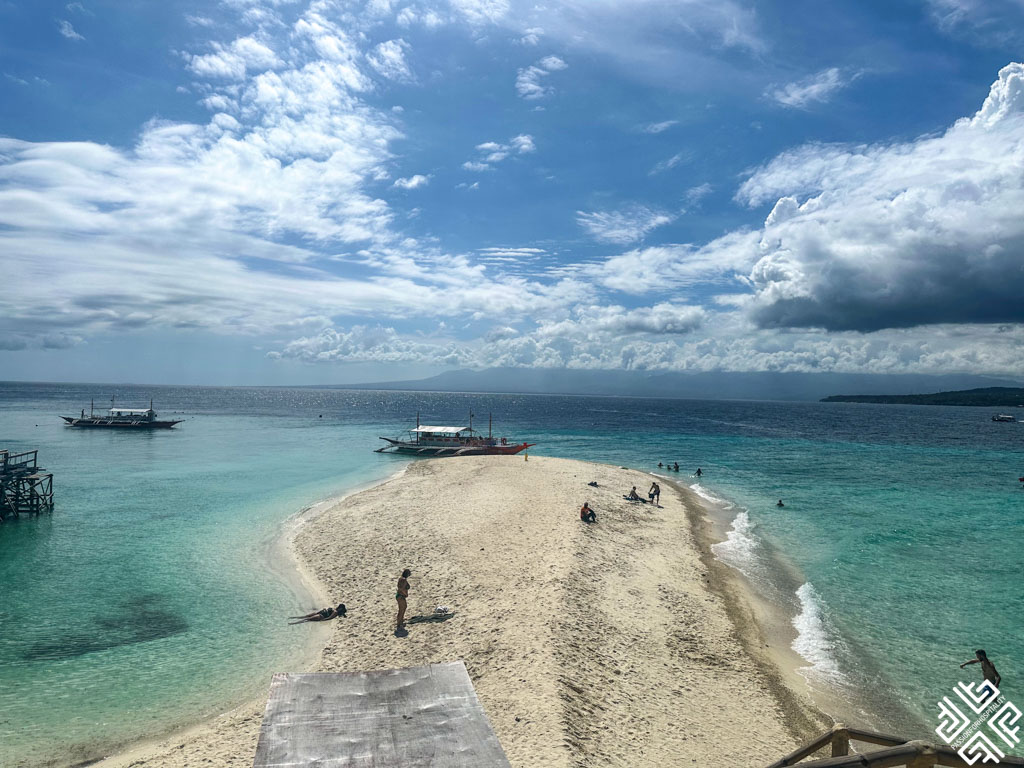
Important Tips for Whale Shark Diving in Oslob
Wear reef-safe sunscreen: To protect the marine environment, ensure you use sunscreen that’s free from harmful chemicals.
Bring an underwater camera: Capture your magical moments with the whale sharks by bringing a GoPro or waterproof camera. If you don’t have a GoPro you can also rent one on the spot.
Stay hydrated and well-rested: The early morning start and physical activity can be exhausting, so make sure you’re well-prepared for the day.
3. Stay at Sumilon Island
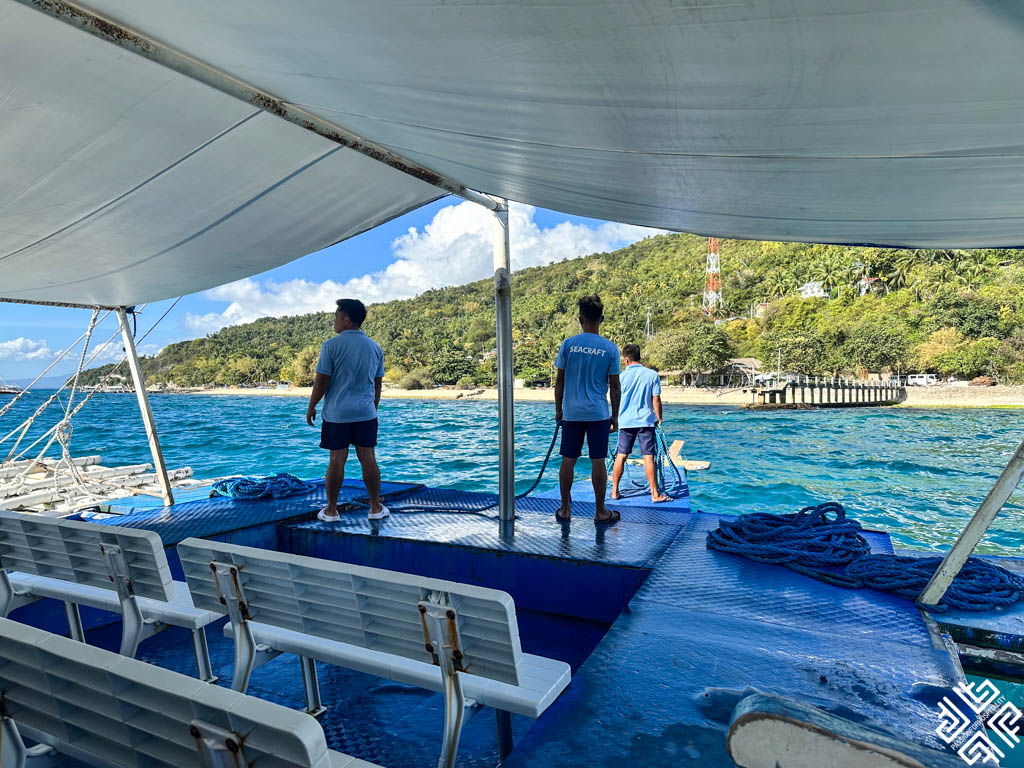
A short boat ride from Oslob, Sumilon Island is a private island known for its powdery white-sand beaches, clear waters, and excellent snorkeling spots. It’s the perfect place for a peaceful getaway after your whale shark adventure. We stayed at the Bluewater Sumilon Island resort for two nights and it was a relaxing stop on our Philippines travel itinerary.
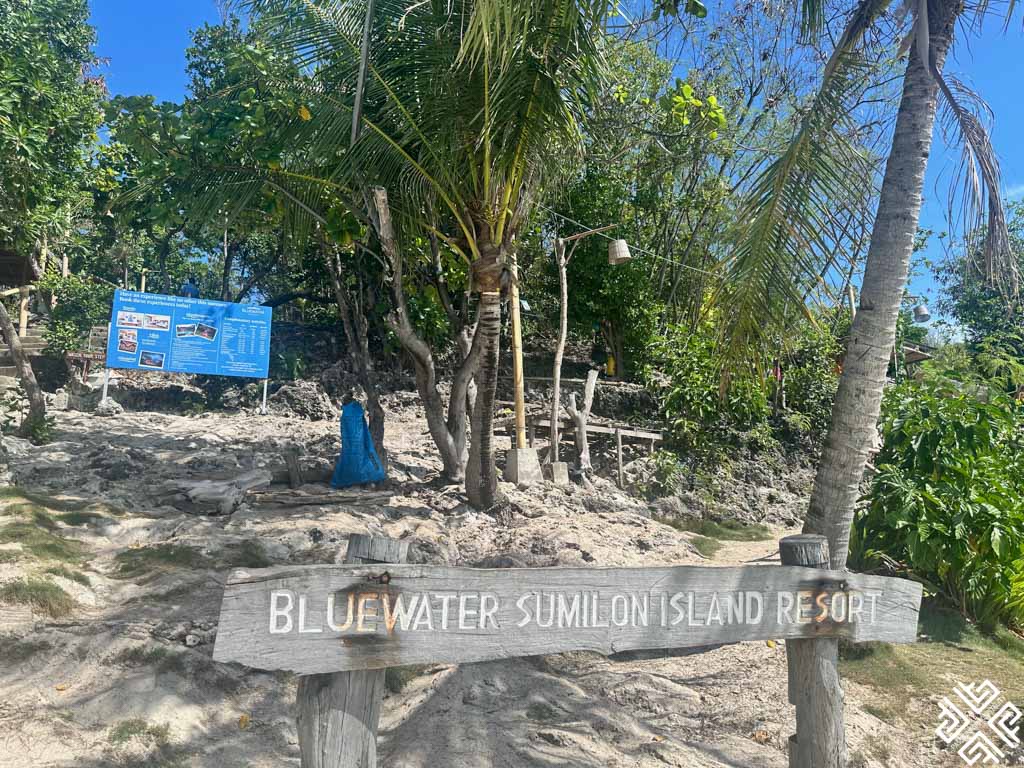
What to Expect at Bluewater Sumilon Island Resort
Exclusive Beachfront Experience: The resort sits on a private island that boasts a famous shifting sandbar, which changes shape with the tides. Guests can enjoy exclusive access to this picturesque beach and explore the island’s stunning shoreline, perfect for a peaceful getaway far from the crowds.
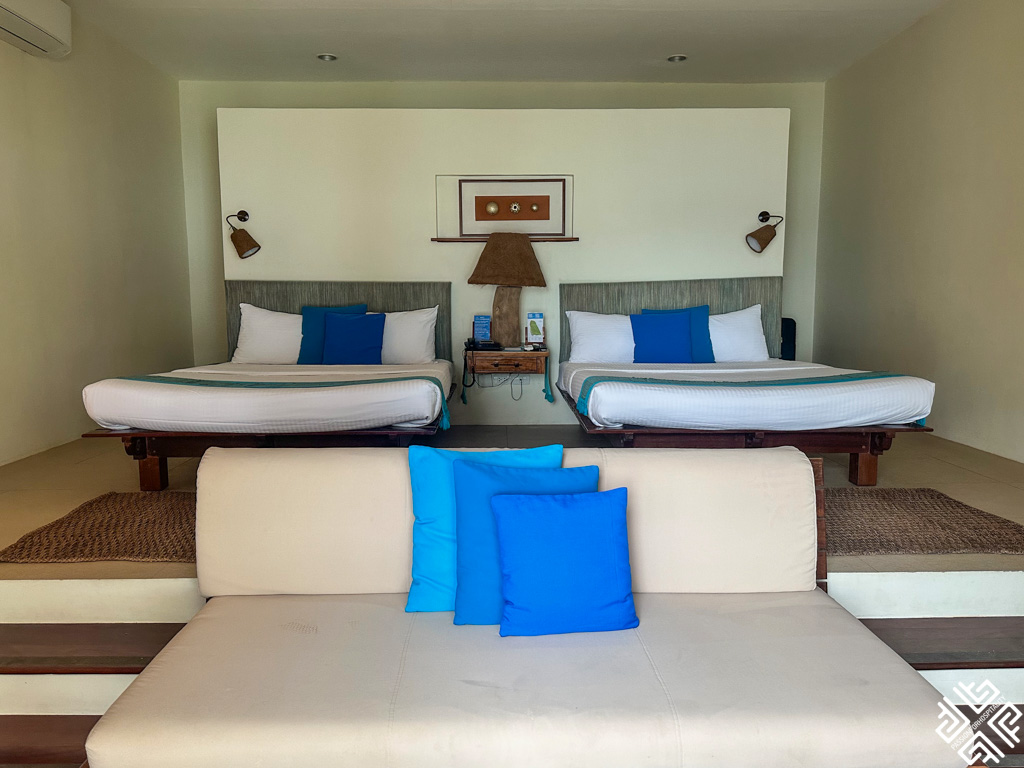
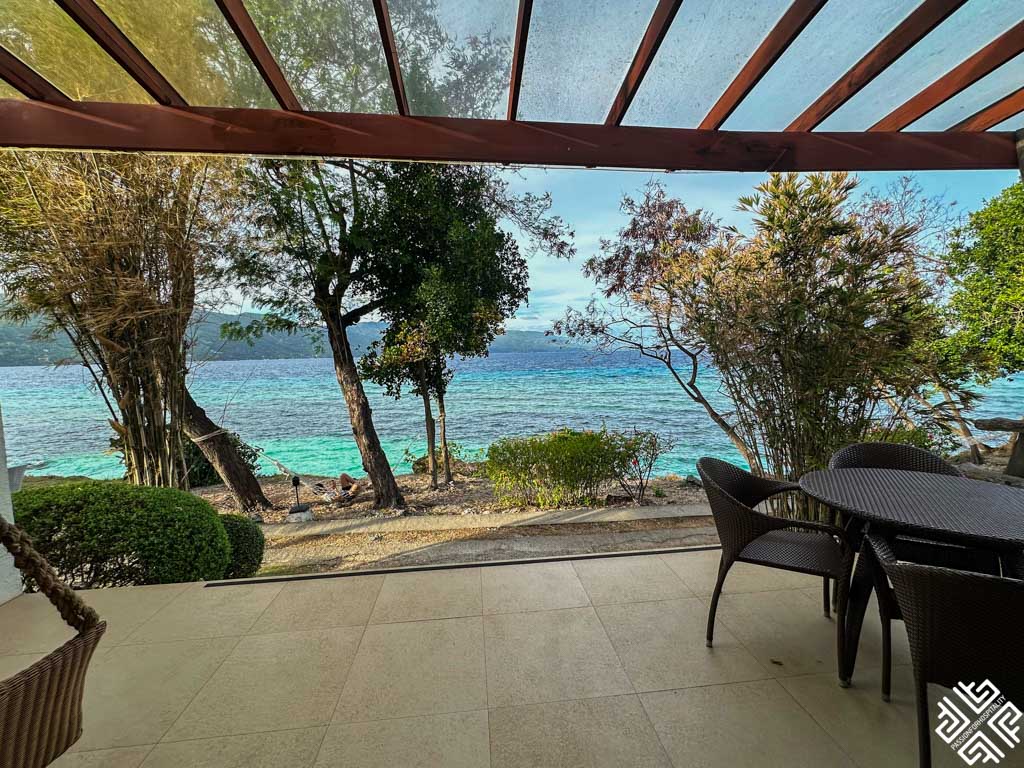
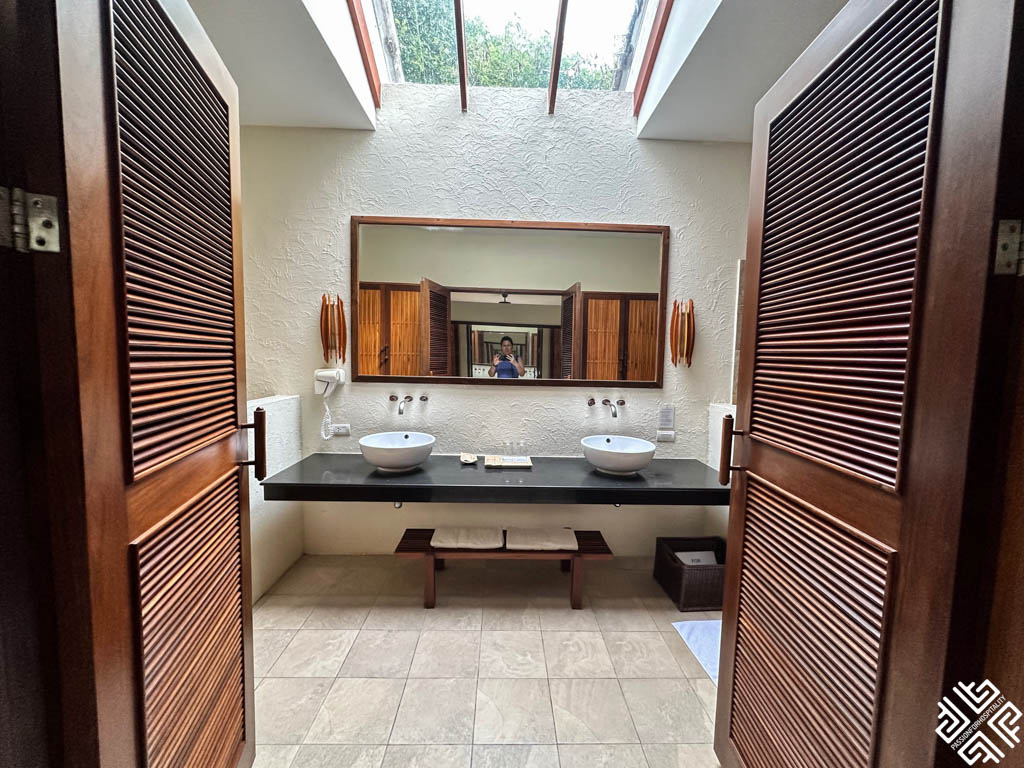

Luxurious Accommodations: Bluewater Sumilon offers a variety of accommodations that cater to different tastes. Choose from spacious rooms, elegant suites, or unique glamping tents for a closer connection to nature. Each accommodation is thoughtfully designed with modern comforts while embracing the natural beauty surrounding the island.
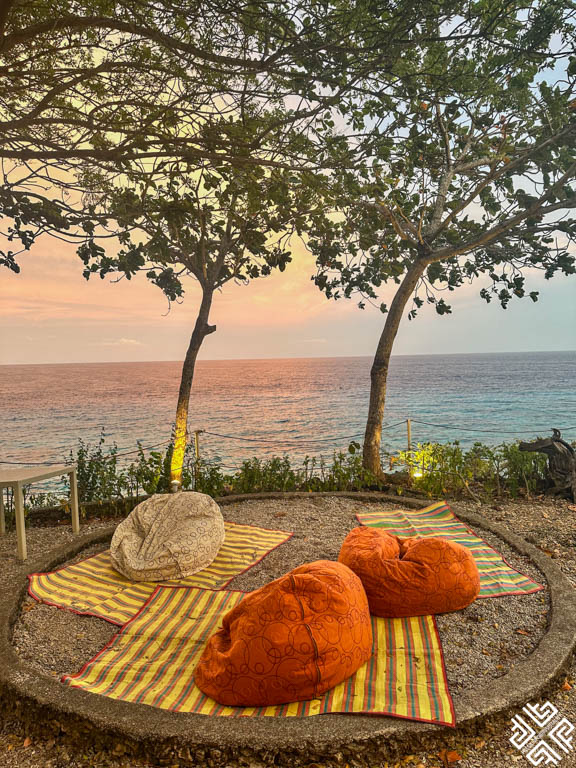
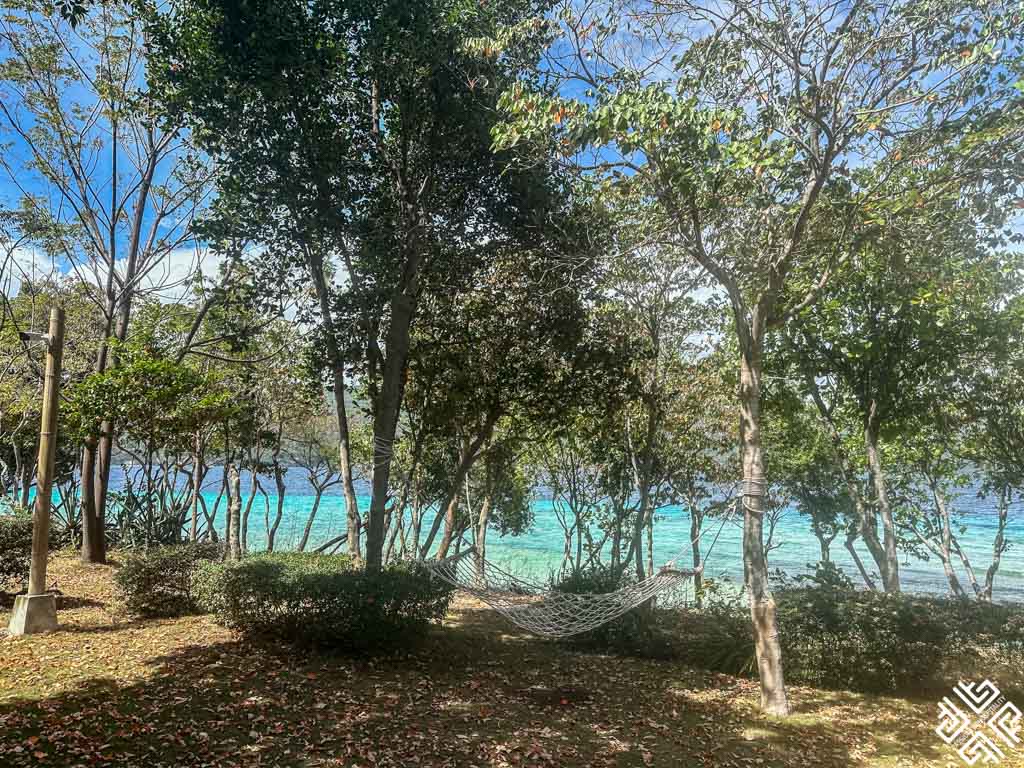

Activities and Adventures: While the resort is perfect for relaxation, it also offers numerous activities:
Snorkeling and Diving: The waters around Sumilon Island are teeming with vibrant coral reefs and diverse marine life, making it ideal for snorkeling and diving enthusiasts.
Kayaking and Paddleboarding: Rent a kayak or paddleboard and explore the calm, turquoise waters of the island’s lagoon.
Island Trekking: Embark on scenic hiking trails that lead to various viewpoints, including a historic lighthouse and a watchtower that offers panoramic views of the island and its surroundings.

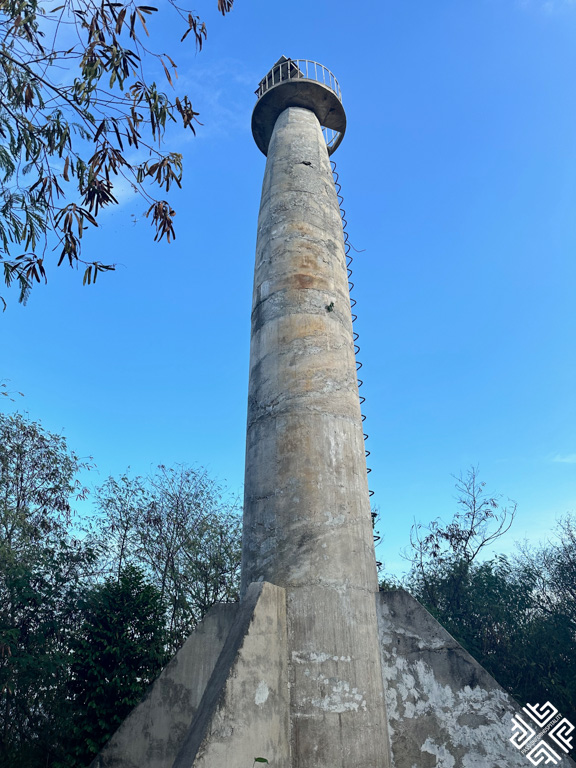

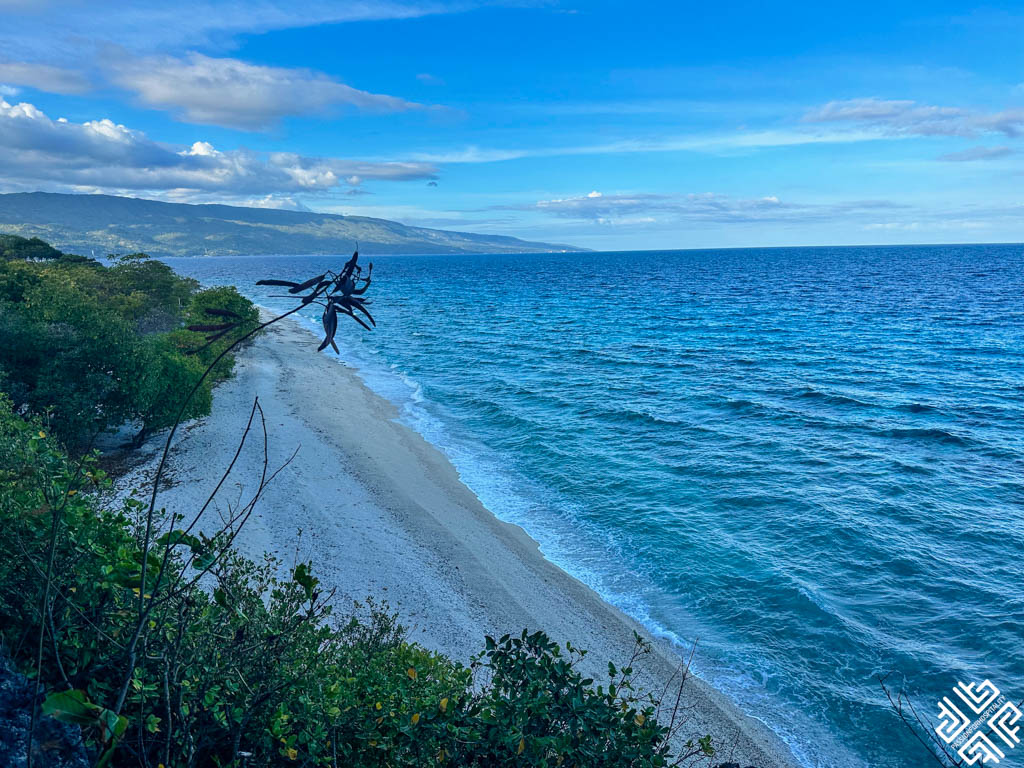
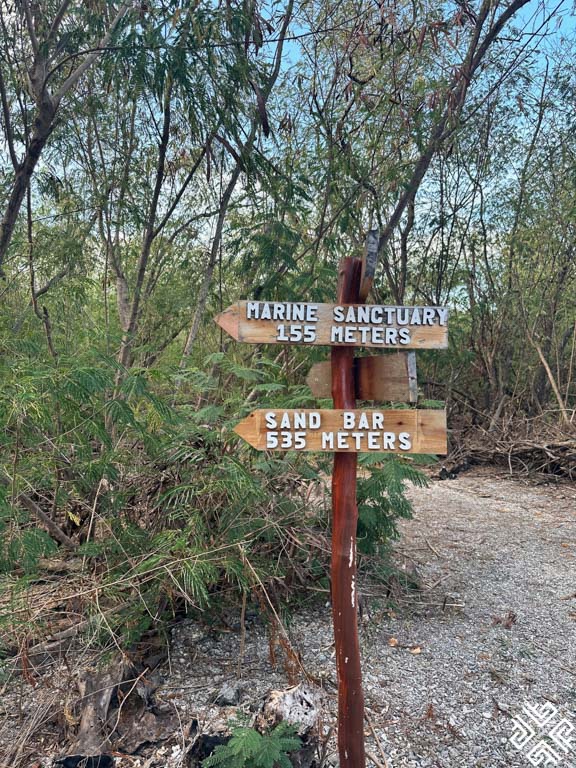
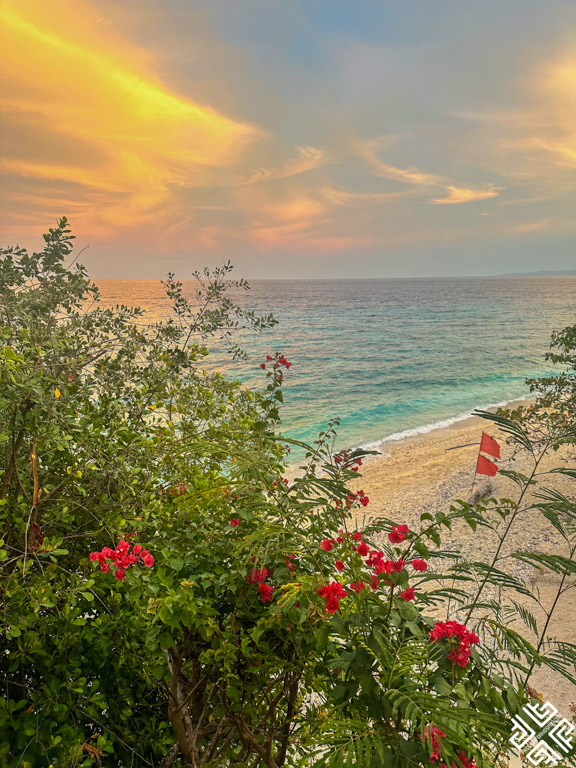
Baby Shark Watching at Sumilon Island
In addition to its stunning beaches and clear waters, Sumilon Island offers an unforgettable and unique experience—baby shark watching. The waters around the island are home to juvenile blacktip reef sharks, and guests of Bluewater Sumilon Island Resort have the opportunity to observe these fascinating creatures in their natural habitat.

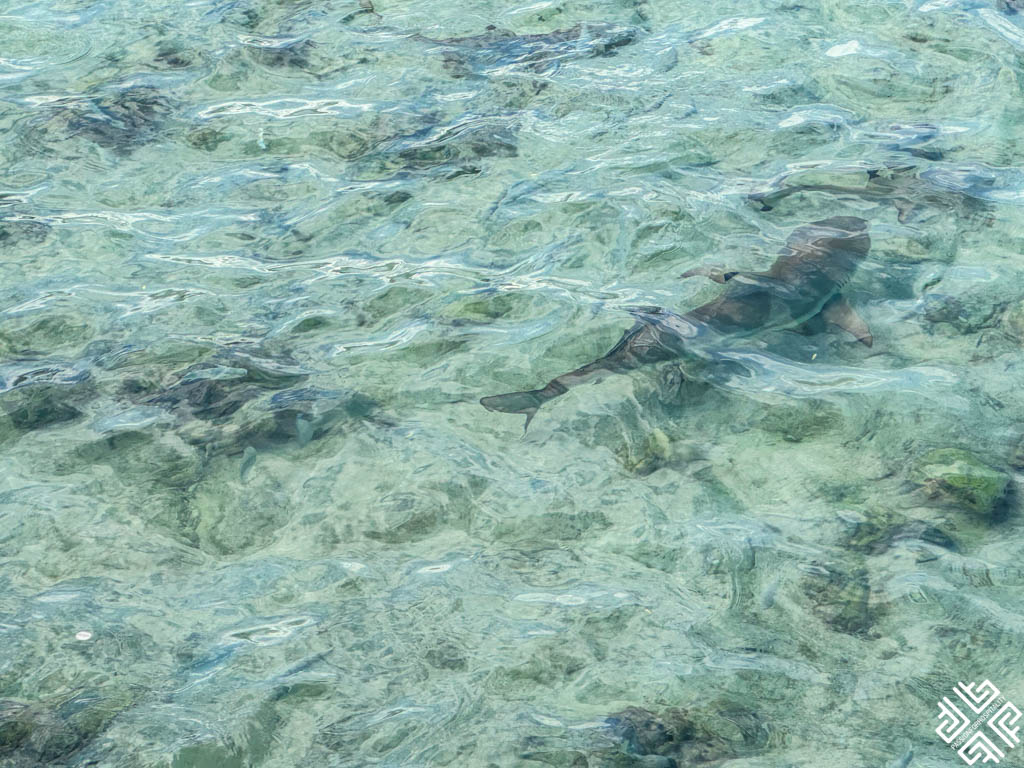
This gentle species of shark is known for its shy nature, and the shallow waters of the island’s marine sanctuary provide the perfect environment for them to thrive. Guests can watch these baby sharks from a safe distance from the shore.
Wellness and Relaxation: For those looking to unwind, the resort offers spa services with a range of rejuvenating treatments, from traditional Filipino hilot massages to modern wellness therapies. Guests can also relax by the resort’s infinity pool, with views stretching over the ocean.
Sustainable and Eco-Friendly Practices: Bluewater Sumilon Island Resort is committed to sustainable tourism practices. The resort engages in various environmental initiatives, including reef conservation efforts, water conservation programs, and the use of eco-friendly materials throughout its operations.
Dining at the Bluewater Sumilon Island Resort
The resort’s restaurant serves a variety of local and international dishes, using fresh, locally sourced ingredients. Whether you’re enjoying a seaside breakfast, a romantic dinner under the stars, or a casual snack, the dining experience at Bluewater Sumilon is designed to delight every palate.
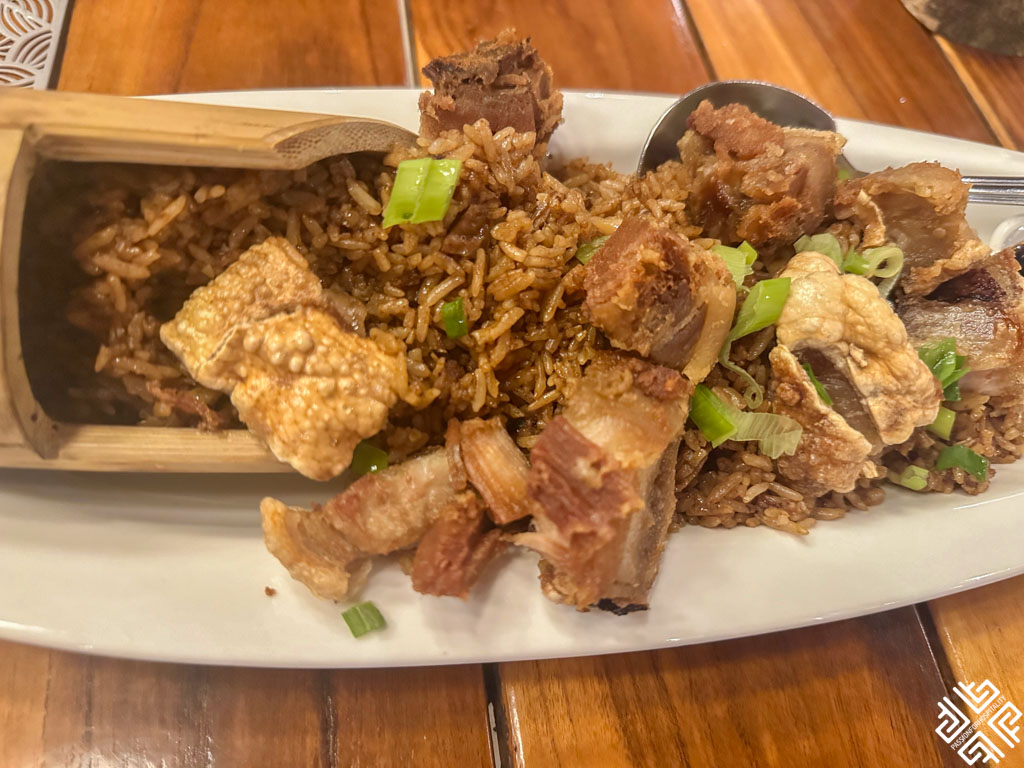

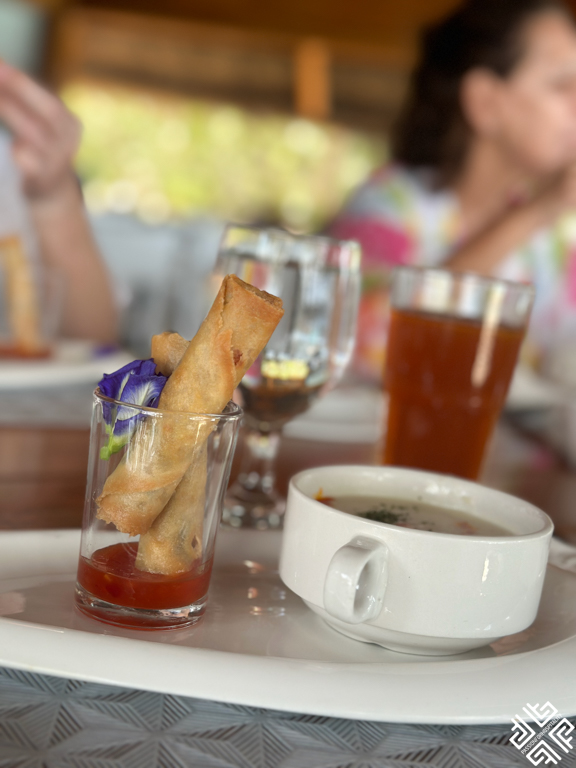
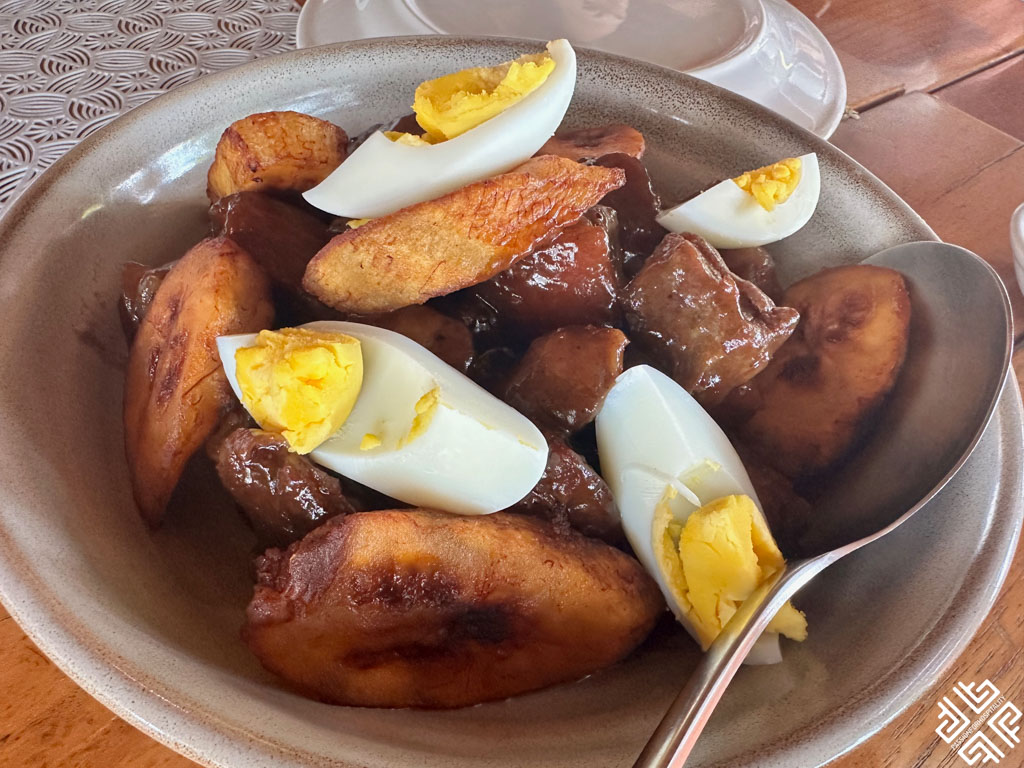
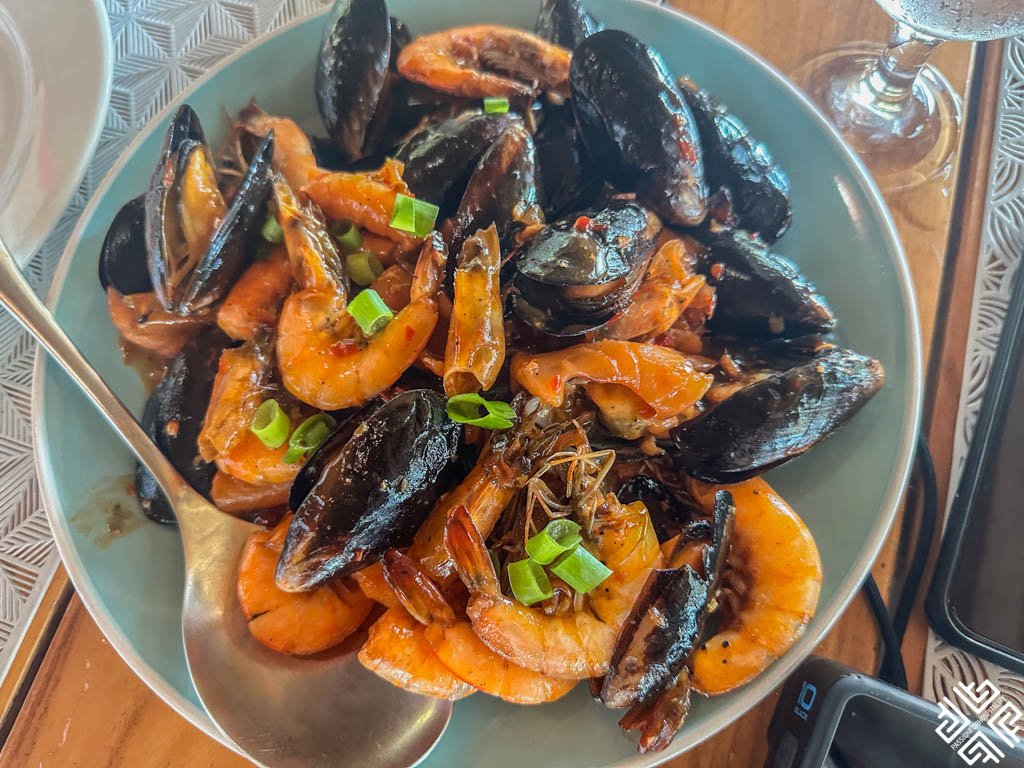
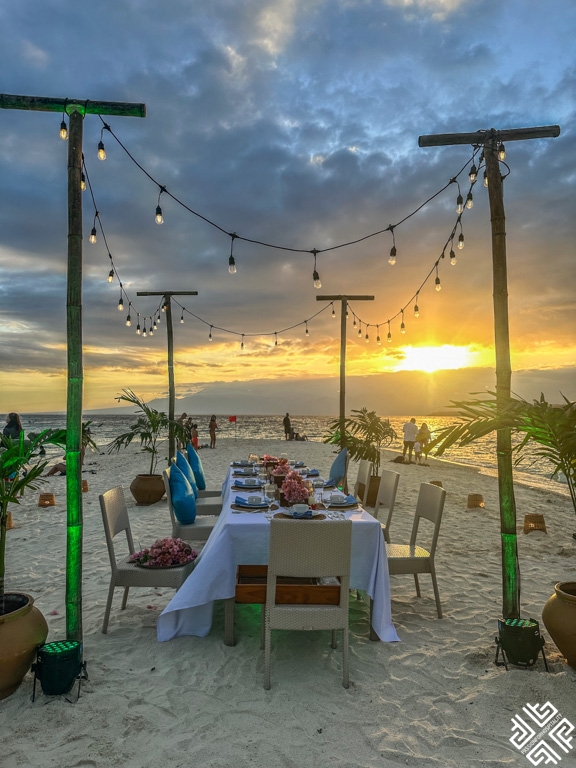
Things to Know About Filipino Culture
The Filipino culture is a beautiful blend of indigenous traditions, Spanish colonial influences, and modern global trends. Cebu, being one of the cultural and historical centers of the Philippines, offers a glimpse into this rich and diverse heritage. To truly appreciate Cebu, it helps to understand some core aspects of Filipino culture that shape daily life on the island.
1. Warm Hospitality
Filipinos are renowned for their warm and genuine hospitality. It’s not uncommon for locals to go out of their way to assist a visitor, welcoming travelers like family. The phrase “Mi casa es su casa” is embodied in Filipino culture, where homes are always open to guests, and kindness is extended to everyone.
2. Family and the “It Takes a Village” Mentality
At the heart of Filipino culture is the “it takes a village” mentality. In the Philippines, the family extends beyond immediate relatives, encompassing the entire community. People look out for one another, whether by helping raise each other’s children, sharing resources, or offering support during difficult times. This communal spirit creates strong bonds between neighbors and friends, fostering a deep sense of belonging. When you visit Cebu, you’ll notice how life revolves around shared experiences—whether it’s families gathering at fiestas or friends pooling together to celebrate milestones.
3. Fiesta Spirit
Cebuanos live for celebration, and this is reflected in their vibrant fiestas. Fiestas are community-driven events where everyone pitches in, from preparing food to organizing street dances and parades. Festivals like the Sinulog are massive, island-wide celebrations, but even small barangay (neighborhood) fiestas carry the same communal joy and shared effort, embodying that “it takes a village” philosophy.
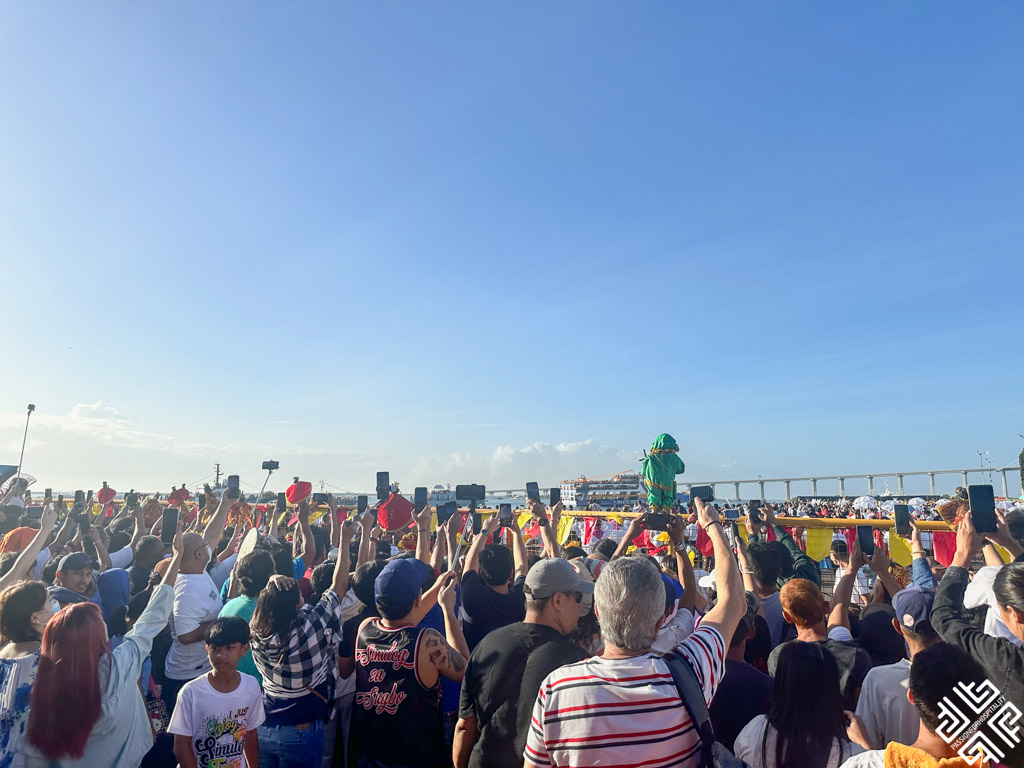

4. Rooster Fights (Sabong)
Rooster fighting, or sabong, remains a significant cultural tradition in the Philippines, and it reflects another form of community gathering. While this may seem unusual to visitors, sabong brings people together to share in both the excitement of the sport and the camaraderie it builds among neighbors. Locals gather at the arena, or “cockpit,” not just for the event but to socialize and exchange stories, making it a unique window into local life.
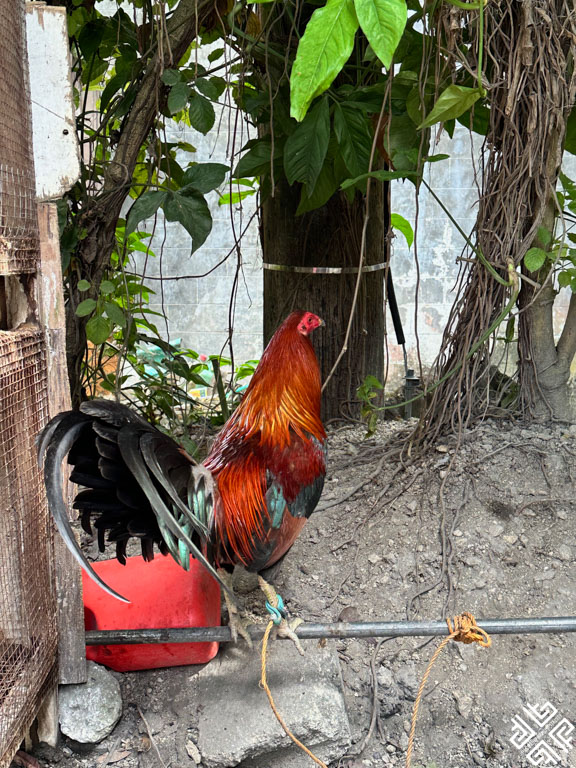
5. Shopping in Cebu: A Modern Gathering Space
In Cebu, shopping malls aren’t just places to buy goods—they’re modern communal hubs where people gather to relax, dine, and catch up with friends and family. These malls serve as modern-day “villages” where locals and tourists alike can mingle. Two popular spots in Cebu are:

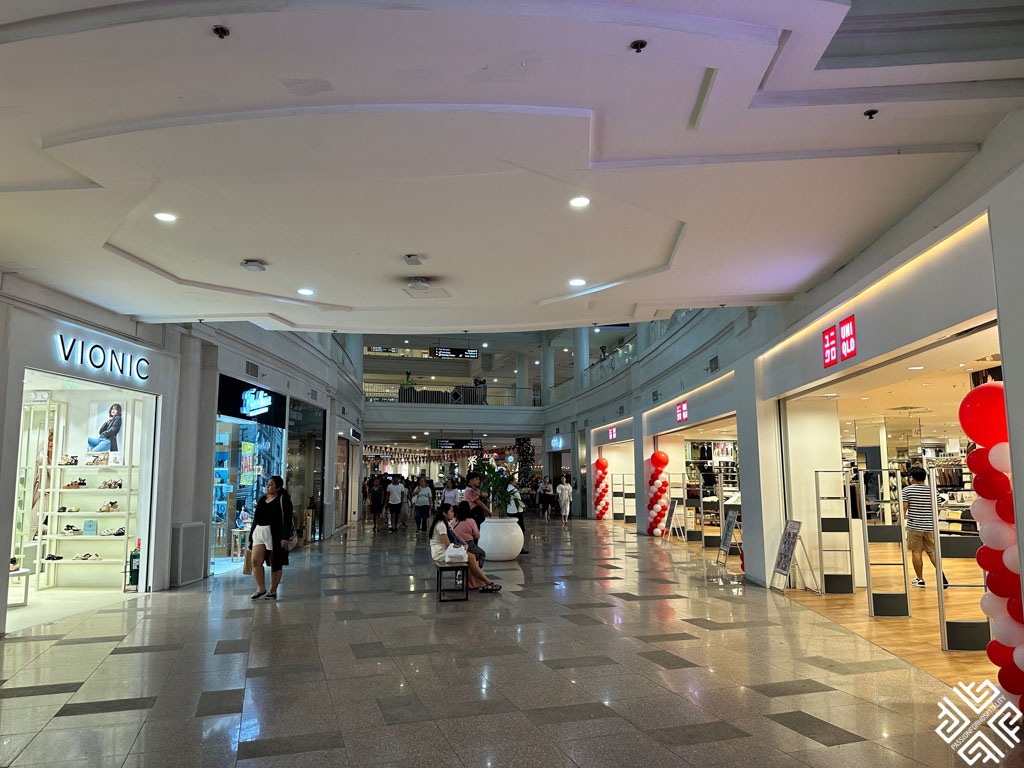
Ayala Center Cebu: An upscale shopping complex with a beautiful garden area, Ayala Center offers a mix of local and international brands. Its open-air design encourages social gatherings, where families and friends can enjoy the green spaces or dine at one of its many restaurants.
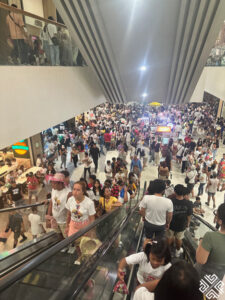
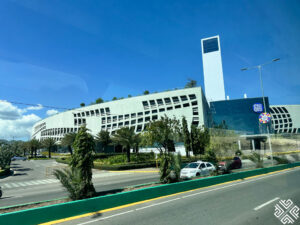
SM Seaside City: One of the largest malls in the Philippines, SM Seaside City serves as a mini-community of its own. With a wide variety of shops, restaurants, an ice-skating rink, and a cinema, it’s a gathering place for locals, making it a perfect spot to experience modern Filipino urban life.
6. Religion and Spirituality
As a deeply religious society, faith plays a significant role in Filipino culture. Cebu, as the cradle of Christianity in the Philippines, is especially devout. Catholic icons are present in homes, businesses, and even vehicles. The Sinulog Festival, one of the most important religious and cultural festivals in the country, reflects this spirituality. The entire community comes together to honor the Santo Niño (Holy Child), uniting locals and visitors in shared faith and celebration.
Best Time to Visit Cebu
Cebu enjoys a tropical climate, which means warm weather year-round. However, there are certain months when visiting Cebu offers a more pleasant experience, especially if you plan to enjoy the beaches, waterfalls, and outdoor activities.
- Dry Season (December to May): The best time to visit Cebu is during the dry season, particularly from December to May. During these months, you’ll experience sunny days, ideal for swimming, diving, and exploring the natural wonders of the island. The seas are generally calm, making it perfect for activities like whale shark diving and canyoneering in Kawasan Falls.
- Peak Season: December and January are peak months due to the holiday season and the Sinulog Festival in January. While it’s busier, the festival’s energy and color make it an exciting time to visit.
- Shoulder Months (March to May): These months are great if you want warm weather without the holiday crowds. However, temperatures can get quite hot, especially in April and May.
- Wet Season (June to November): Cebu’s rainy season runs from June to November, with frequent afternoon downpours and occasional typhoons. While you’ll find fewer crowds and lower accommodation prices during these months, outdoor activities may be limited due to the weather. However, if you’re looking for a quieter and more budget-friendly trip, the wet season can still be enjoyable, especially with Cebu’s cultural attractions.
Staying connected when in Cebu
Cebu is well-connected, and you’ll find reliable internet in most areas, especially in Cebu City and popular tourist spots. However for your ease of travel and if you plan on using apps like Grab to get around, I would recommend purchasing an Airalo esim.
Final Thoughts: Why Cebu Should Be Your Next Destination
Cebu is a destination that promises a diverse and enriching travel experience. From the lively streets of Cebu City to the breathtaking waterfalls, beaches, and underwater encounters, this island is a true gem in the Philippines. Whether you’re exploring its rich history, dancing in the Sinulog Festival, or swimming with whale sharks, Cebu will leave you with unforgettable memories.
PIN FOR LATER
